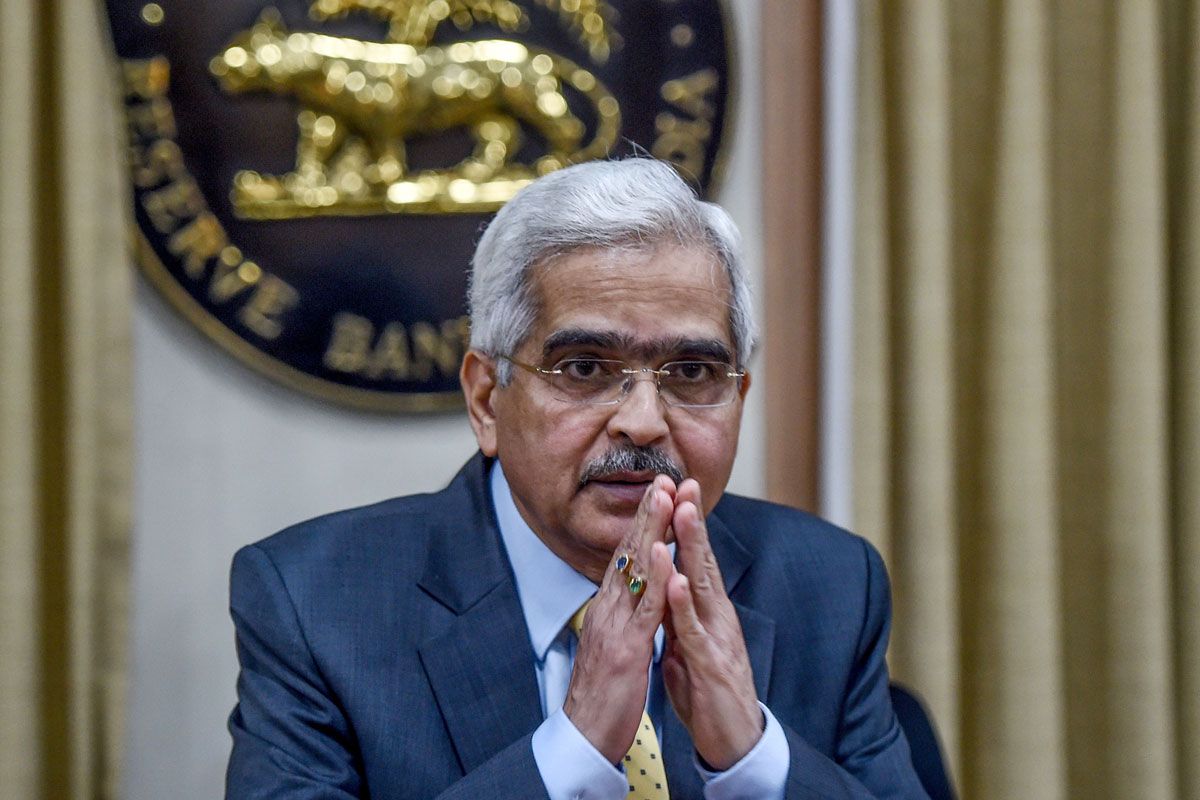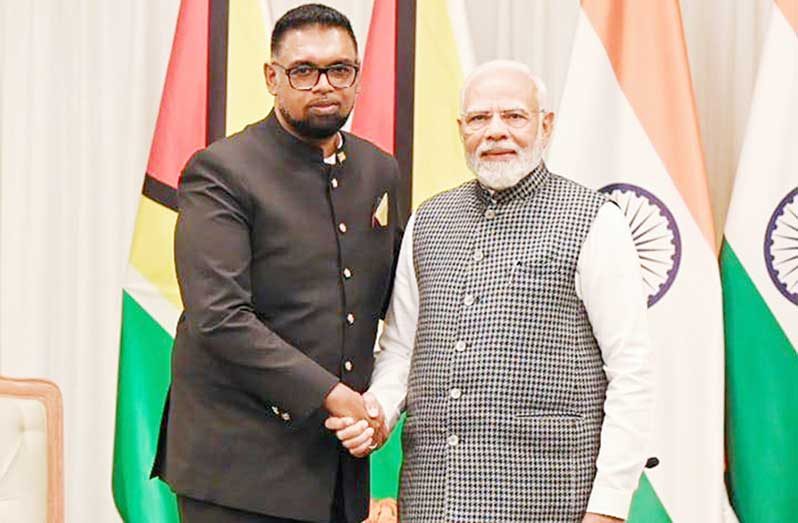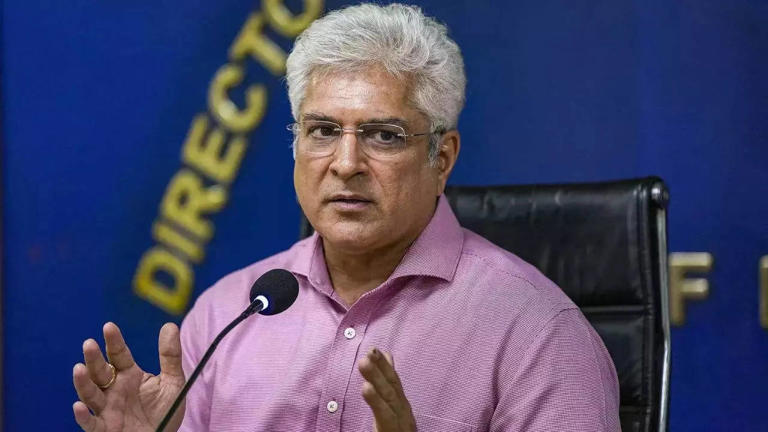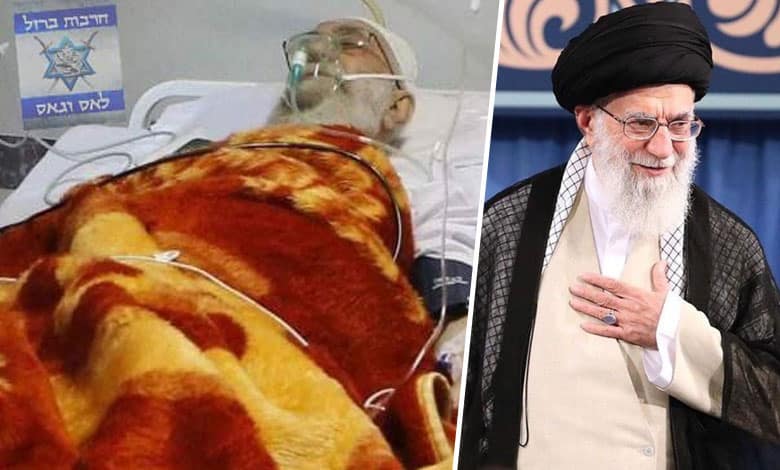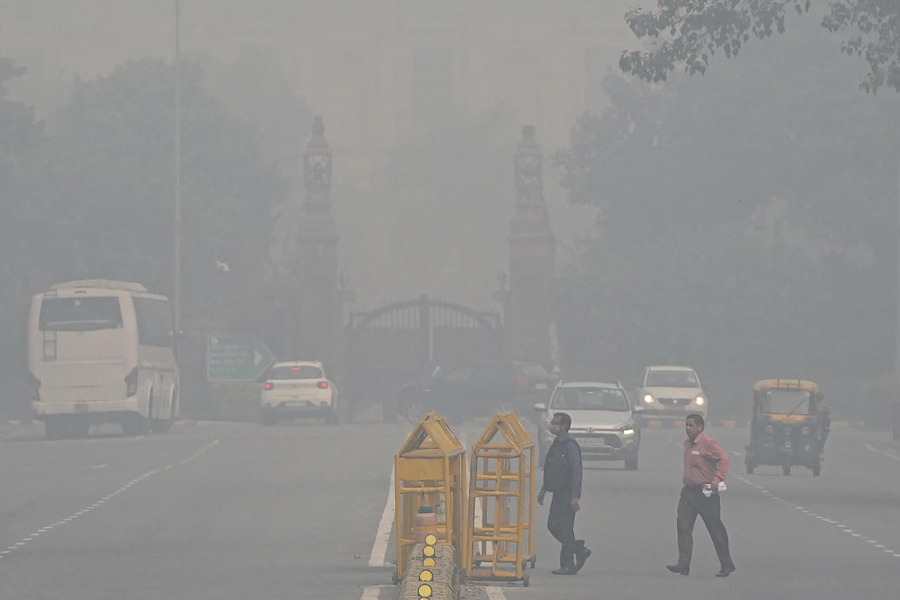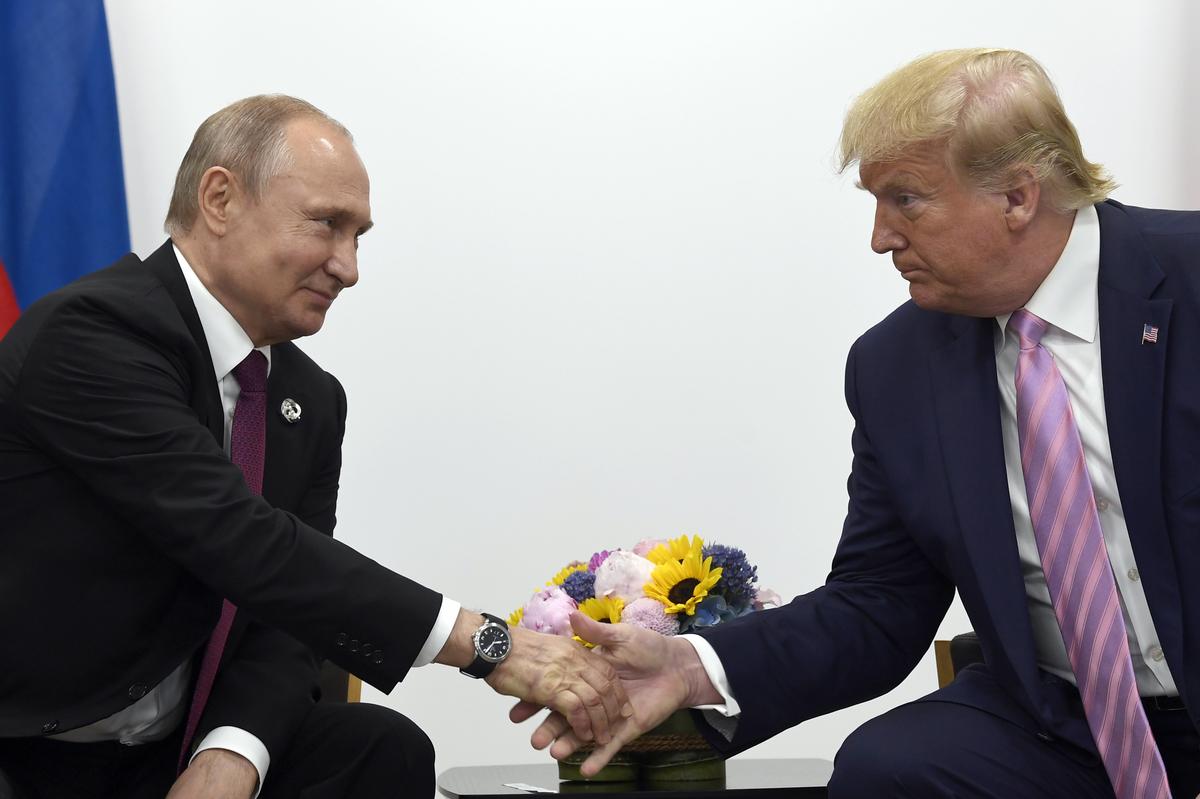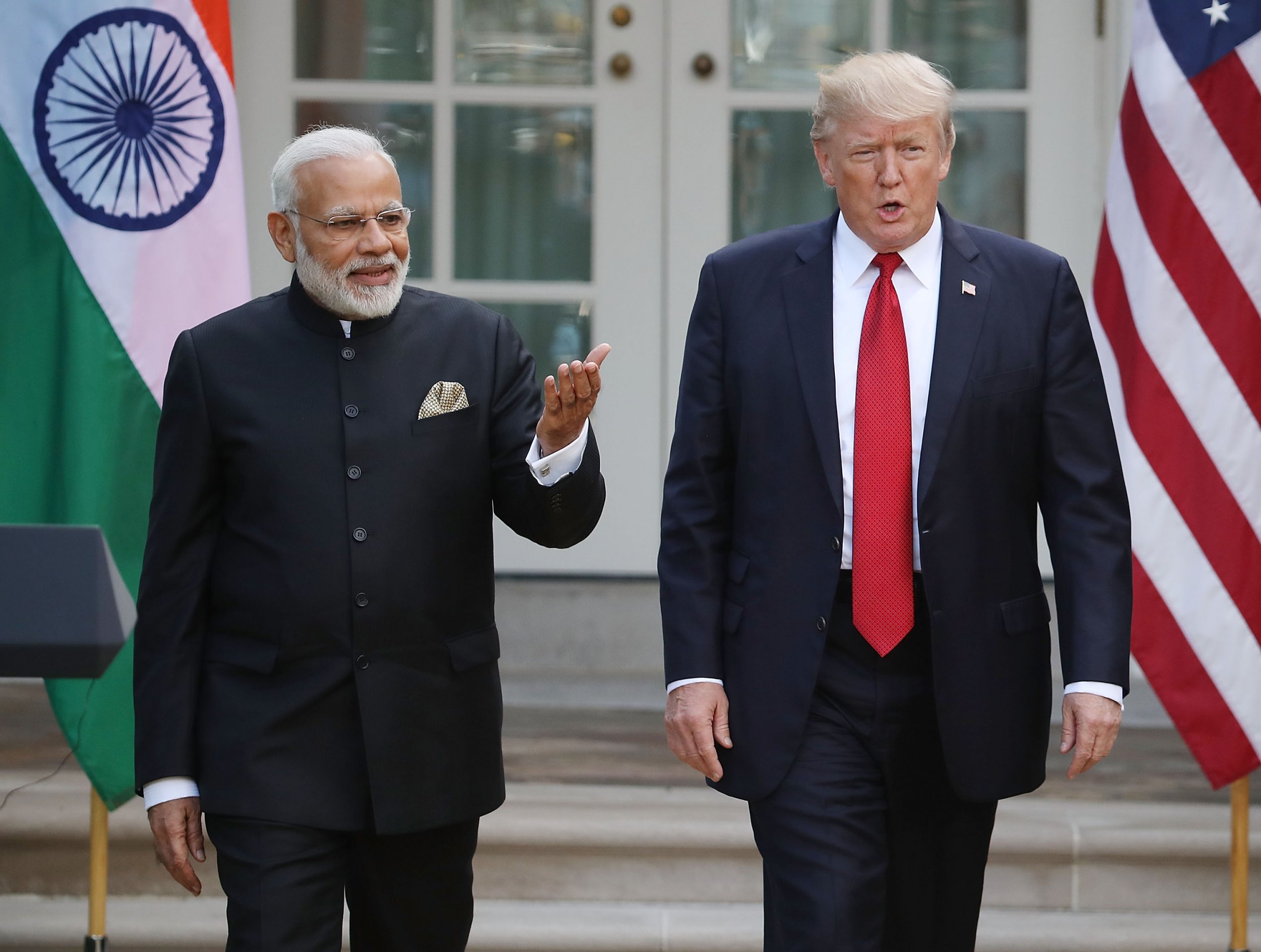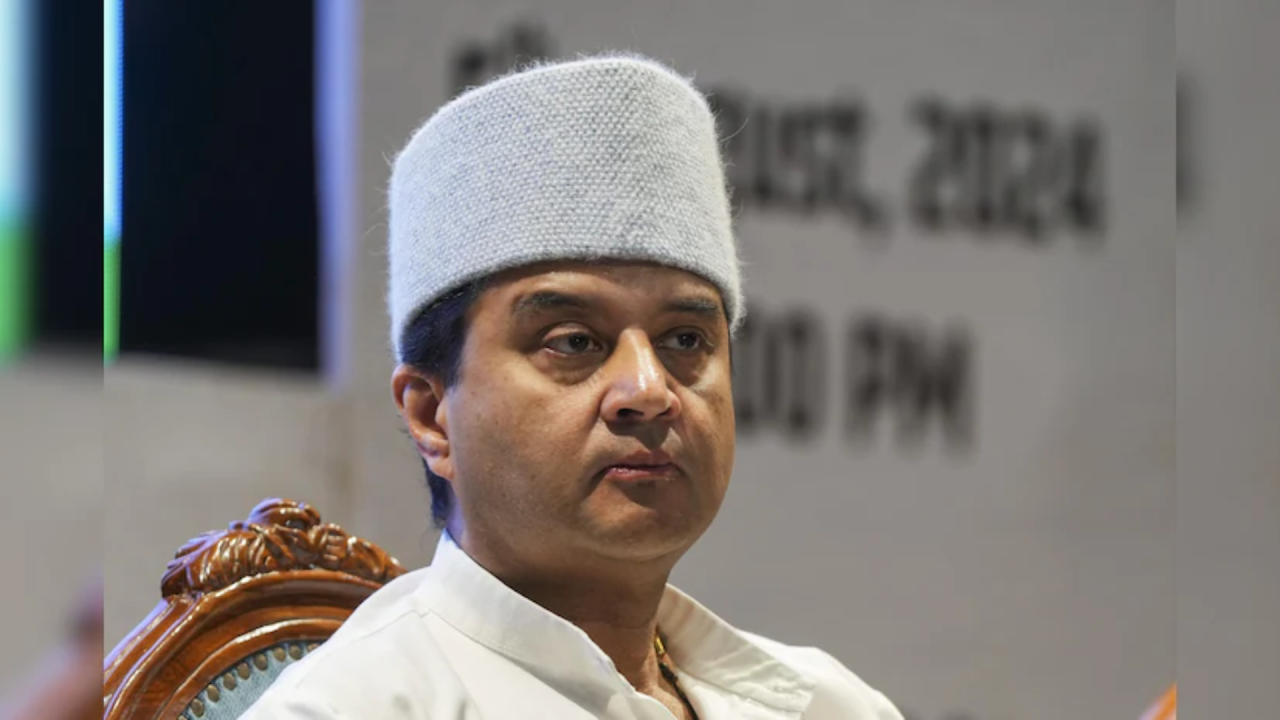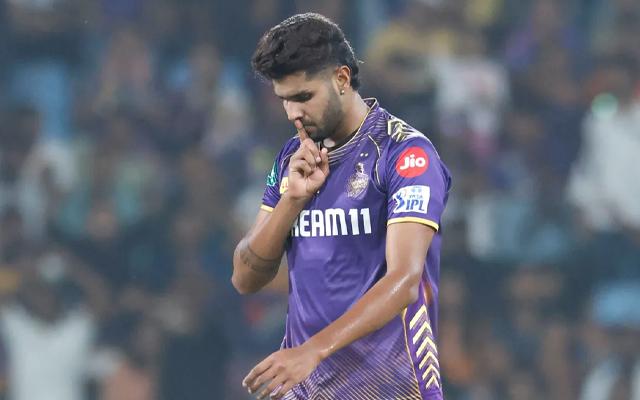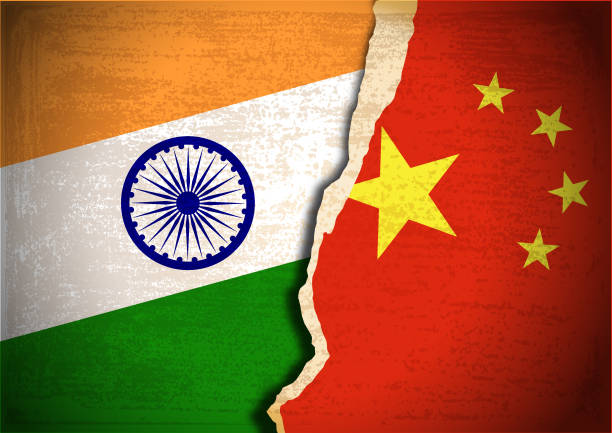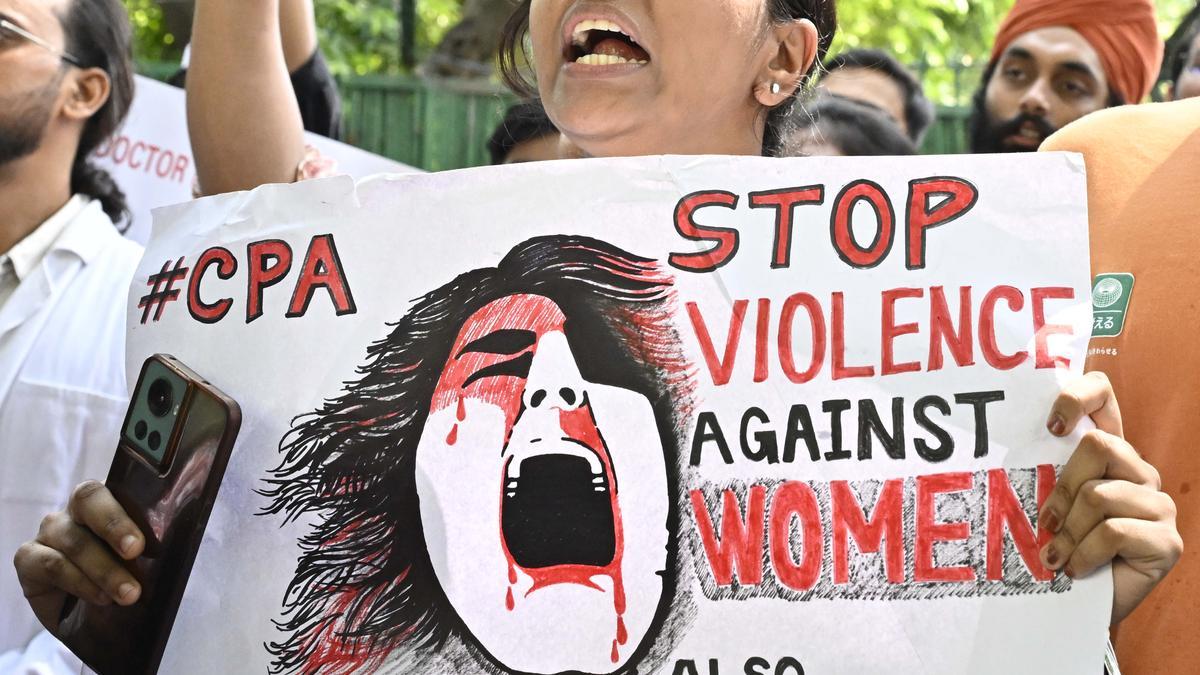Home / trending / HMPV vs Covid: Can HMPV Virus Lead to a COVID-19 Pandemic-Like Situation? A Detailed Overview
HMPV vs Covid: Can HMPV Virus Lead to a COVID-19 Pandemic-Like Situation? A Detailed Overview
By: My India Times
7 minutes read 124Updated At: 2025-01-07
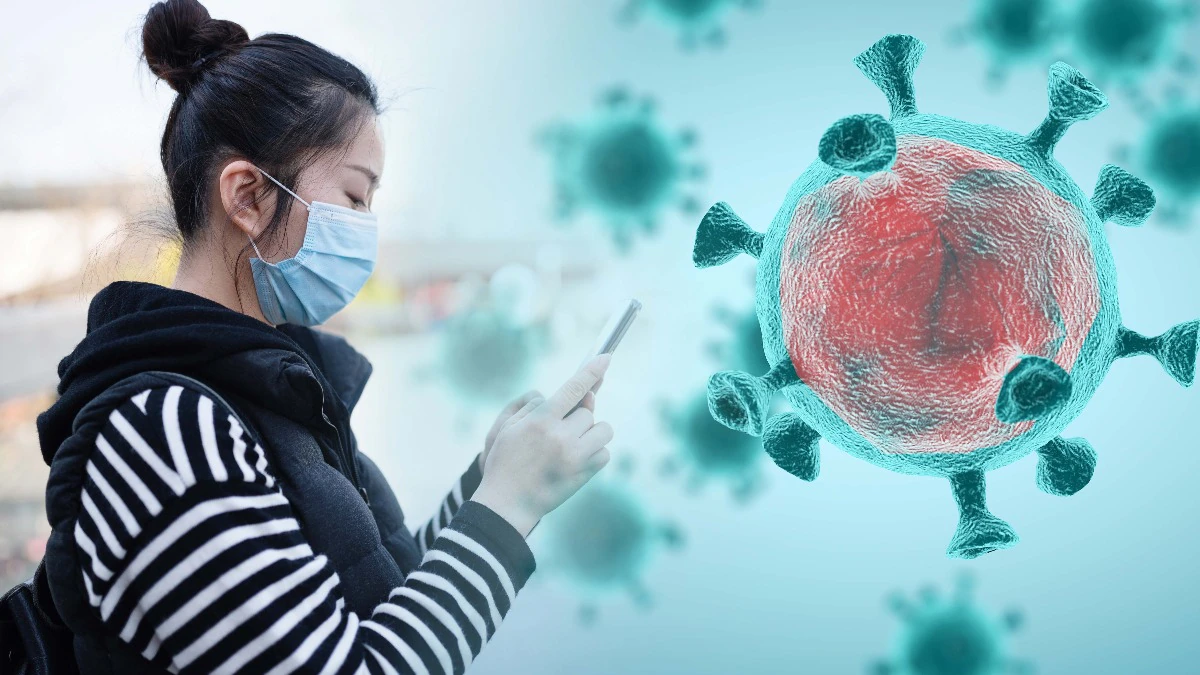
Human Metapneumovirus (HMPV) is a respiratory virus that has been garnering attention due to its similarities to other viral infections, particularly COVID-19. While HMPV typically causes mild respiratory illness in most cases, its potential to affect high-risk groups like the elderly, young children, and individuals with compromised immune systems raises concerns. A major question currently being discussed is whether HMPV could lead to a pandemic-like situation akin to COVID-19. In this article, we explore all aspects of the HMPV virus and compare it to COVID-19, answering key questions regarding its spread, treatment, and potential implications.
What is Human Metapneumovirus (HMPV) and How Does it Affect the Body?
Human Metapneumovirus (HMPV) is a respiratory virus that belongs to the paramyxovirus family, which is also home to other viruses like Respiratory Syncytial Virus (RSV). First identified in 2001, HMPV infects the upper and lower respiratory tracts, often causing symptoms similar to a common cold. These symptoms include coughing, a runny nose, sore throat, and wheezing. While most cases are mild and self-limiting, the virus can cause severe respiratory problems, such as pneumonia or bronchiolitis, in vulnerable populations like young children, the elderly, and individuals with compromised immune systems.
How Contagious is the HMPV Virus and What Are the Risks of Its Spread?
Dr. Caroline Simon, Consultant Pulmonologist at Wockhardt Hospitals in Mira Road, states that HMPV is contagious, but the real question is how contagious it really is compared to other respiratory viruses like COVID-19. Similar to COVID-19, HMPV spreads through respiratory droplets when an infected person coughs, sneezes, or talks. However, there is no substantial evidence to suggest that HMPV spreads as rapidly or extensively as COVID-19. While HMPV is highly transmissible in close-contact environments, the lack of evidence of widespread asymptomatic transmission makes it less likely to cause a global pandemic similar to COVID-19.
Could HMPV Lead to a Global Pandemic Like COVID-19 and Force Lockdowns?
Given the global impact of the COVID-19 pandemic, many are concerned about the possibility of a similar scenario arising from HMPV. While HMPV is contagious, it does not seem to have the same ability to spread rapidly across the world in the way COVID-19 did. COVID-19 spread through asymptomatic carriers, had a long incubation period, and was capable of being transmitted in a variety of settings. In contrast, HMPV typically causes symptoms soon after infection, making it easier to detect and isolate infected individuals. As of now, there is no evidence to suggest that HMPV could cause a pandemic of the same scale as COVID-19.
How Many HMPV Cases Have Been Reported in India So Far?
Although the number of HMPV cases in India is not widely reported, there have been instances of the virus being detected, especially during the colder months when respiratory infections are common. It is important to note that HMPV cases are often reported in conjunction with other viral infections such as influenza or RSV. These respiratory viruses tend to peak during the winter, contributing to a higher incidence of respiratory illnesses in India. However, unlike COVID-19, HMPV has not yet triggered widespread public health concerns or large-scale outbreaks in the country.
Understanding the Nature of HMPV Virus Cases and Their Impact on Health
Cases of HMPV infection usually present with mild symptoms that resemble the common cold, including sore throat, runny nose, and cough. However, in high-risk groups, the infection can lead to more severe respiratory conditions such as pneumonia and bronchiolitis. These more serious cases are more likely to require hospitalization and medical intervention. The severity of the illness depends on the individual’s overall health, age, and immune status. Infants, the elderly, and individuals with pre-existing respiratory conditions are particularly vulnerable to the severe effects of HMPV infection.
How Rare is HMPV and Why Should We Be Concerned About It?
While HMPV is not considered a rare virus, it is less commonly discussed compared to other respiratory viruses like influenza or COVID-19. HMPV is a frequent cause of upper respiratory infections, especially in young children, the elderly, and immunocompromised individuals. Although the virus may not be as prevalent or widely known as other respiratory viruses, its potential to cause severe illness in vulnerable populations makes it a significant concern for public health professionals. Outbreaks of HMPV are often seasonal, with increased cases typically seen in the colder months.
How Long Can an HMPV Infection Last and What Are the Symptoms?
The duration of an HMPV infection can vary depending on the severity of the illness. Most mild cases last between a few days to two weeks. Common symptoms include a sore throat, runny nose, cough, and mild wheezing. In more severe cases, where pneumonia or other respiratory issues develop, the infection may last longer and require medical intervention. While the virus itself may not cause prolonged illness in healthy individuals, those with compromised immune systems or pre-existing respiratory conditions may experience more prolonged symptoms.
What Are the Most Common Respiratory Viruses in India, and How Does HMPV Compare?
In India, respiratory viruses such as influenza (flu), RSV, and HMPV are common, particularly during the winter months. Influenza and RSV are more well-known due to their widespread impact on the population, especially among children. HMPV, while less common than these viruses, still contributes to seasonal outbreaks and poses a particular risk to high-risk groups. HMPV cases are typically observed alongside other respiratory infections, which can make it challenging to differentiate between viruses without proper testing.
Is HMPV Treatable and What Are the Available Treatment Options?
Unlike bacterial infections, HMPV is caused by a virus, so antibiotics are not effective in treating it. Most people recover from an HMPV infection with supportive care, which includes rest, hydration, and over-the-counter medications to alleviate symptoms such as a sore throat or congestion. In severe cases, where pneumonia or bronchiolitis develops, hospitalization may be required. Hospitalized patients may receive oxygen therapy or mechanical ventilation if they experience significant breathing difficulties. The primary goal of treatment is to manage symptoms and support the immune system as the body fights off the infection.
How Common is Respiratory Syncytial Virus (RSV) in India Compared to HMPV?
Respiratory Syncytial Virus (RSV) is more commonly seen in India compared to HMPV. RSV is a major cause of respiratory illness in infants, children, and the elderly. Like HMPV, RSV is seasonal and most frequently circulates during the colder months. RSV can lead to severe respiratory infections in young children, especially those under the age of 2. Given the overlap in symptoms between RSV and HMPV, it is crucial for healthcare providers to conduct proper tests to distinguish between these two viruses.
When Did HMPV First Appear and What Do We Know About Its Origins?
HMPV was first identified in 2001 by researchers in the Netherlands. It has since been found to be a significant cause of respiratory illness, especially in children and elderly populations. Over time, HMPV has spread to various parts of the world, including India, where it circulates during the winter months. Since its discovery, HMPV has been the subject of ongoing research to understand its behavior, transmission, and potential treatment options.
Is HMPV Just a Cold, or Does It Pose More Serious Health Risks?
While the symptoms of HMPV are similar to those of the common cold, it is not simply a cold. In healthy individuals, HMPV may cause mild illness, but in high-risk populations, such as young children, the elderly, or those with weakened immune systems, it can lead to more severe conditions like pneumonia or bronchiolitis. The key difference between HMPV and the common cold is the potential for serious respiratory complications in vulnerable groups, making it a more significant health concern than an ordinary cold.
How Can You Get Rid of HMPV and Prevent Its Spread?
There is no specific antiviral treatment for HMPV, so the focus is on managing symptoms and supporting the immune system. Most people recover with rest, fluids, and symptom relief medications. In severe cases, hospitalization may be necessary. Preventive measures include practicing good hygiene, such as washing hands regularly, covering coughs and sneezes, and avoiding close contact with infected individuals. Wearing masks in crowded places can also help prevent the spread of respiratory viruses like HMPV.
Conclusion: Is HMPV a Major Threat, and How Should We Respond?
While HMPV is a contagious virus that primarily affects high-risk populations, it is unlikely to cause a pandemic similar to COVID-19. Its spread is more manageable due to the symptoms appearing soon after infection, which helps in quicker detection and isolation. Although HMPV is a concern for vulnerable groups, the evidence does not suggest that it poses a global threat on the scale of COVID-19. With appropriate public health measures, such as vaccination, hygiene practices, and timely medical intervention, the risks associated with HMPV can be minimized, ensuring that it does not lead to a global health crisis.
....Human Metapneumovirus (HMPV) is a respiratory virus that has been garnering attention due to its similarities to other viral infections, particularly COVID-19. While HMPV typically causes mild respiratory illness in most cases, its potential to affect high-risk groups like the elderly, young children, and individuals with compromised immune systems raises concerns. A major question currently being discussed is whether HMPV could lead to a pandemic-like situation akin to COVID-19. In this article, we explore all aspects of the HMPV virus and compare it to COVID-19, answering key questions regarding its spread, treatment, and potential implications.
What is Human Metapneumovirus (HMPV) and How Does it Affect the Body?
Human Metapneumovirus (HMPV) is a respiratory virus that belongs to the paramyxovirus family, which is also home to other viruses like Respiratory Syncytial Virus (RSV). First identified in 2001, HMPV infects the upper and lower respiratory tracts, often causing symptoms similar to a common cold. These symptoms include coughing, a runny nose, sore throat, and wheezing. While most cases are mild and self-limiting, the virus can cause severe respiratory problems, such as pneumonia or bronchiolitis, in vulnerable populations like young children, the elderly, and individuals with compromised immune systems.
How Contagious is the HMPV Virus and What Are the Risks of Its Spread?
Dr. Caroline Simon, Consultant Pulmonologist at Wockhardt Hospitals in Mira Road, states that HMPV is contagious, but the real question is how contagious it really is compared to other respiratory viruses like COVID-19. Similar to COVID-19, HMPV spreads through respiratory droplets when an infected person coughs, sneezes, or talks. However, there is no substantial evidence to suggest that HMPV spreads as rapidly or extensively as COVID-19. While HMPV is highly transmissible in close-contact environments, the lack of evidence of widespread asymptomatic transmission makes it less likely to cause a global pandemic similar to COVID-19.
Could HMPV Lead to a Global Pandemic Like COVID-19 and Force Lockdowns?
Given the global impact of the COVID-19 pandemic, many are concerned about the possibility of a similar scenario arising from HMPV. While HMPV is contagious, it does not seem to have the same ability to spread rapidly across the world in the way COVID-19 did. COVID-19 spread through asymptomatic carriers, had a long incubation period, and was capable of being transmitted in a variety of settings. In contrast, HMPV typically causes symptoms soon after infection, making it easier to detect and isolate infected individuals. As of now, there is no evidence to suggest that HMPV could cause a pandemic of the same scale as COVID-19.
How Many HMPV Cases Have Been Reported in India So Far?
Although the number of HMPV cases in India is not widely reported, there have been instances of the virus being detected, especially during the colder months when respiratory infections are common. It is important to note that HMPV cases are often reported in conjunction with other viral infections such as influenza or RSV. These respiratory viruses tend to peak during the winter, contributing to a higher incidence of respiratory illnesses in India. However, unlike COVID-19, HMPV has not yet triggered widespread public health concerns or large-scale outbreaks in the country.
Understanding the Nature of HMPV Virus Cases and Their Impact on Health
Cases of HMPV infection usually present with mild symptoms that resemble the common cold, including sore throat, runny nose, and cough. However, in high-risk groups, the infection can lead to more severe respiratory conditions such as pneumonia and bronchiolitis. These more serious cases are more likely to require hospitalization and medical intervention. The severity of the illness depends on the individual’s overall health, age, and immune status. Infants, the elderly, and individuals with pre-existing respiratory conditions are particularly vulnerable to the severe effects of HMPV infection.
How Rare is HMPV and Why Should We Be Concerned About It?
While HMPV is not considered a rare virus, it is less commonly discussed compared to other respiratory viruses like influenza or COVID-19. HMPV is a frequent cause of upper respiratory infections, especially in young children, the elderly, and immunocompromised individuals. Although the virus may not be as prevalent or widely known as other respiratory viruses, its potential to cause severe illness in vulnerable populations makes it a significant concern for public health professionals. Outbreaks of HMPV are often seasonal, with increased cases typically seen in the colder months.
How Long Can an HMPV Infection Last and What Are the Symptoms?
The duration of an HMPV infection can vary depending on the severity of the illness. Most mild cases last between a few days to two weeks. Common symptoms include a sore throat, runny nose, cough, and mild wheezing. In more severe cases, where pneumonia or other respiratory issues develop, the infection may last longer and require medical intervention. While the virus itself may not cause prolonged illness in healthy individuals, those with compromised immune systems or pre-existing respiratory conditions may experience more prolonged symptoms.
What Are the Most Common Respiratory Viruses in India, and How Does HMPV Compare?
In India, respiratory viruses such as influenza (flu), RSV, and HMPV are common, particularly during the winter months. Influenza and RSV are more well-known due to their widespread impact on the population, especially among children. HMPV, while less common than these viruses, still contributes to seasonal outbreaks and poses a particular risk to high-risk groups. HMPV cases are typically observed alongside other respiratory infections, which can make it challenging to differentiate between viruses without proper testing.
Is HMPV Treatable and What Are the Available Treatment Options?
Unlike bacterial infections, HMPV is caused by a virus, so antibiotics are not effective in treating it. Most people recover from an HMPV infection with supportive care, which includes rest, hydration, and over-the-counter medications to alleviate symptoms such as a sore throat or congestion. In severe cases, where pneumonia or bronchiolitis develops, hospitalization may be required. Hospitalized patients may receive oxygen therapy or mechanical ventilation if they experience significant breathing difficulties. The primary goal of treatment is to manage symptoms and support the immune system as the body fights off the infection.
How Common is Respiratory Syncytial Virus (RSV) in India Compared to HMPV?
Respiratory Syncytial Virus (RSV) is more commonly seen in India compared to HMPV. RSV is a major cause of respiratory illness in infants, children, and the elderly. Like HMPV, RSV is seasonal and most frequently circulates during the colder months. RSV can lead to severe respiratory infections in young children, especially those under the age of 2. Given the overlap in symptoms between RSV and HMPV, it is crucial for healthcare providers to conduct proper tests to distinguish between these two viruses.
When Did HMPV First Appear and What Do We Know About Its Origins?
HMPV was first identified in 2001 by researchers in the Netherlands. It has since been found to be a significant cause of respiratory illness, especially in children and elderly populations. Over time, HMPV has spread to various parts of the world, including India, where it circulates during the winter months. Since its discovery, HMPV has been the subject of ongoing research to understand its behavior, transmission, and potential treatment options.
Is HMPV Just a Cold, or Does It Pose More Serious Health Risks?
While the symptoms of HMPV are similar to those of the common cold, it is not simply a cold. In healthy individuals, HMPV may cause mild illness, but in high-risk populations, such as young children, the elderly, or those with weakened immune systems, it can lead to more severe conditions like pneumonia or bronchiolitis. The key difference between HMPV and the common cold is the potential for serious respiratory complications in vulnerable groups, making it a more significant health concern than an ordinary cold.
How Can You Get Rid of HMPV and Prevent Its Spread?
There is no specific antiviral treatment for HMPV, so the focus is on managing symptoms and supporting the immune system. Most people recover with rest, fluids, and symptom relief medications. In severe cases, hospitalization may be necessary. Preventive measures include practicing good hygiene, such as washing hands regularly, covering coughs and sneezes, and avoiding close contact with infected individuals. Wearing masks in crowded places can also help prevent the spread of respiratory viruses like HMPV.
Conclusion: Is HMPV a Major Threat, and How Should We Respond?
While HMPV is a contagious virus that primarily affects high-risk populations, it is unlikely to cause a pandemic similar to COVID-19. Its spread is more manageable due to the symptoms appearing soon after infection, which helps in quicker detection and isolation. Although HMPV is a concern for vulnerable groups, the evidence does not suggest that it poses a global threat on the scale of COVID-19. With appropriate public health measures, such as vaccination, hygiene practices, and timely medical intervention, the risks associated with HMPV can be minimized, ensuring that it does not lead to a global health crisis.
By: My India Times
Updated At: 2025-01-07
Tags: trending News | My India Times News | Trending News | Travel News
Join our WhatsApp Channel

Similiar News

US Supreme Court Rejects 26/11 Accused Tahawwur Rana’s Plea to Block Extradition to India
2025-03-08
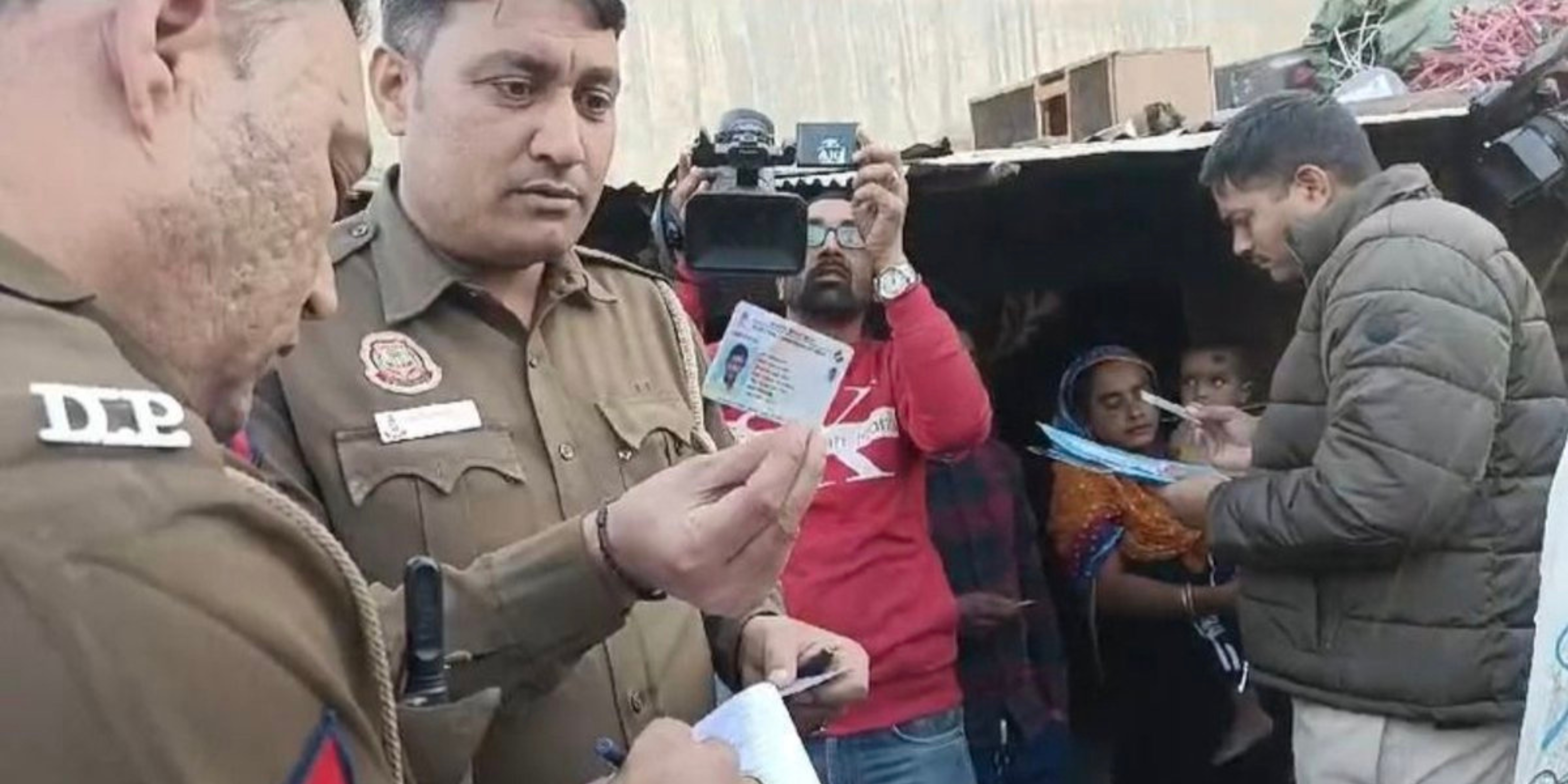


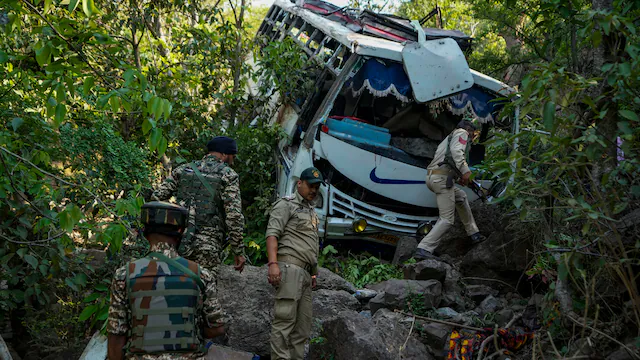

















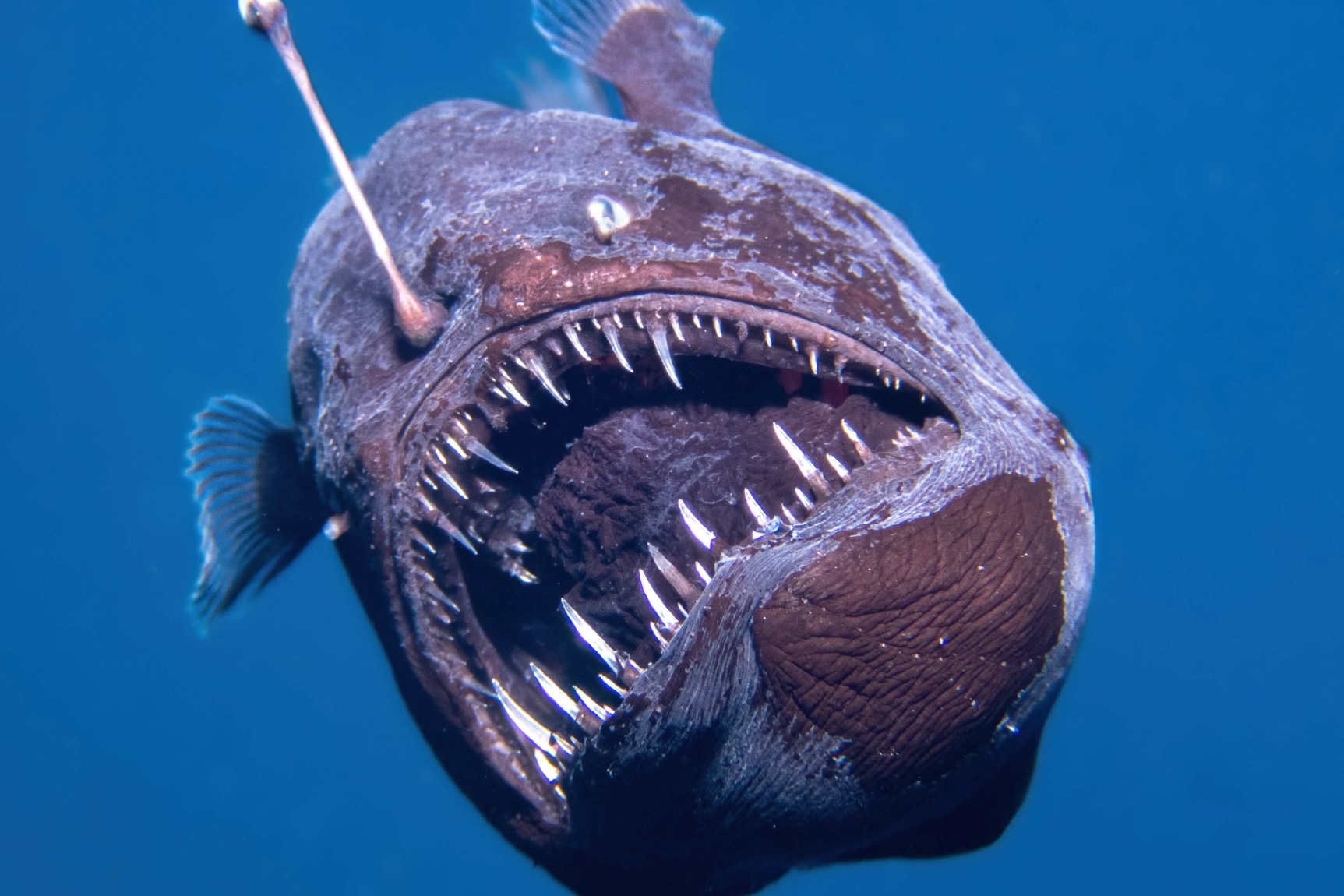

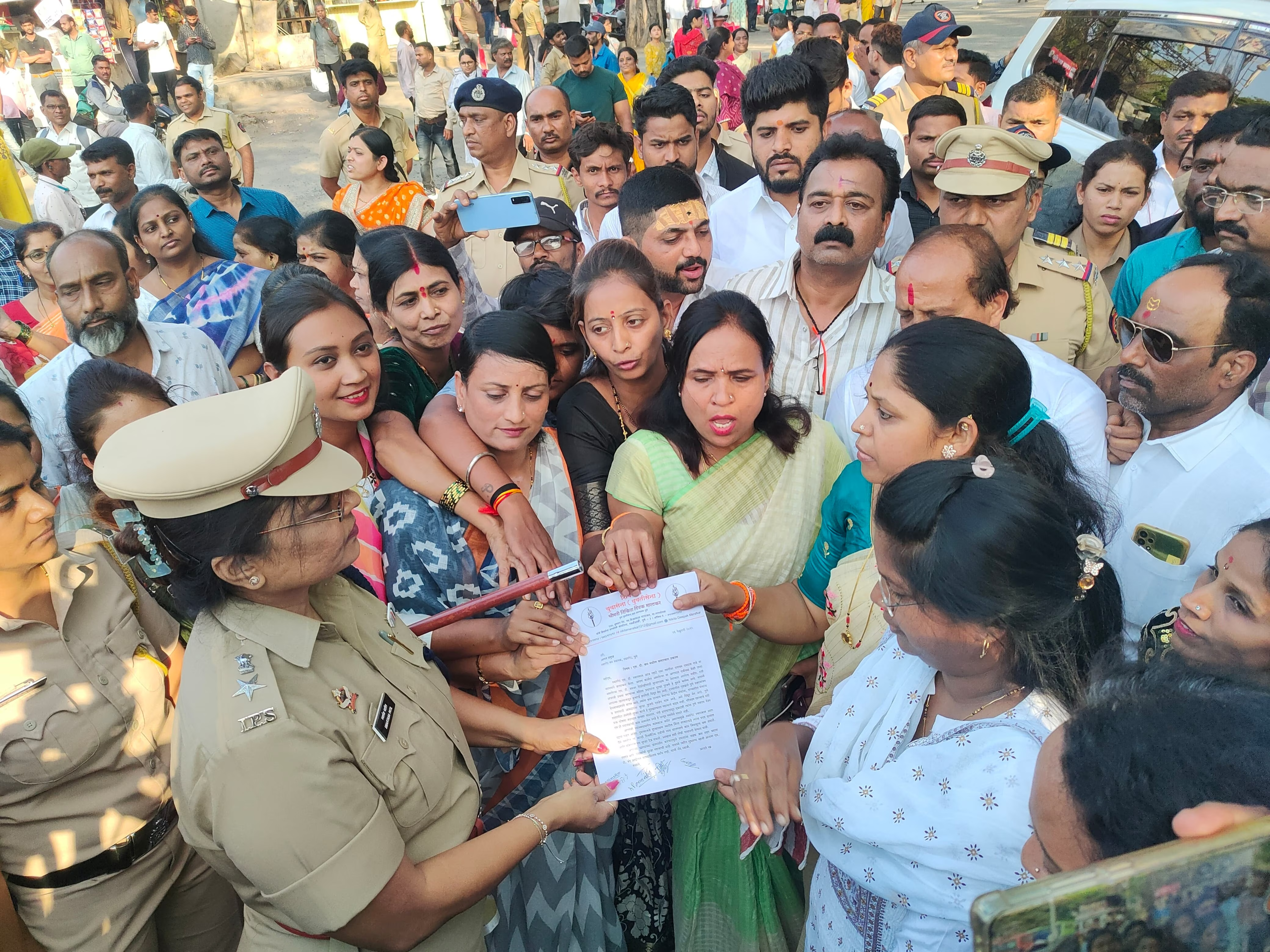

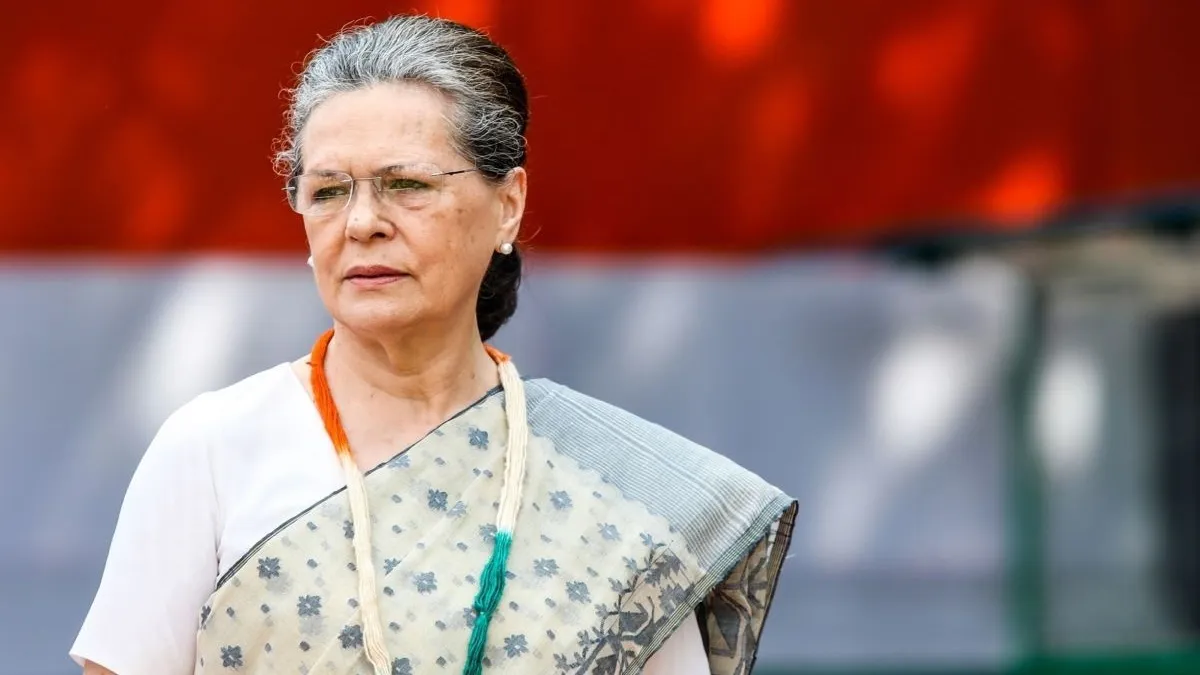
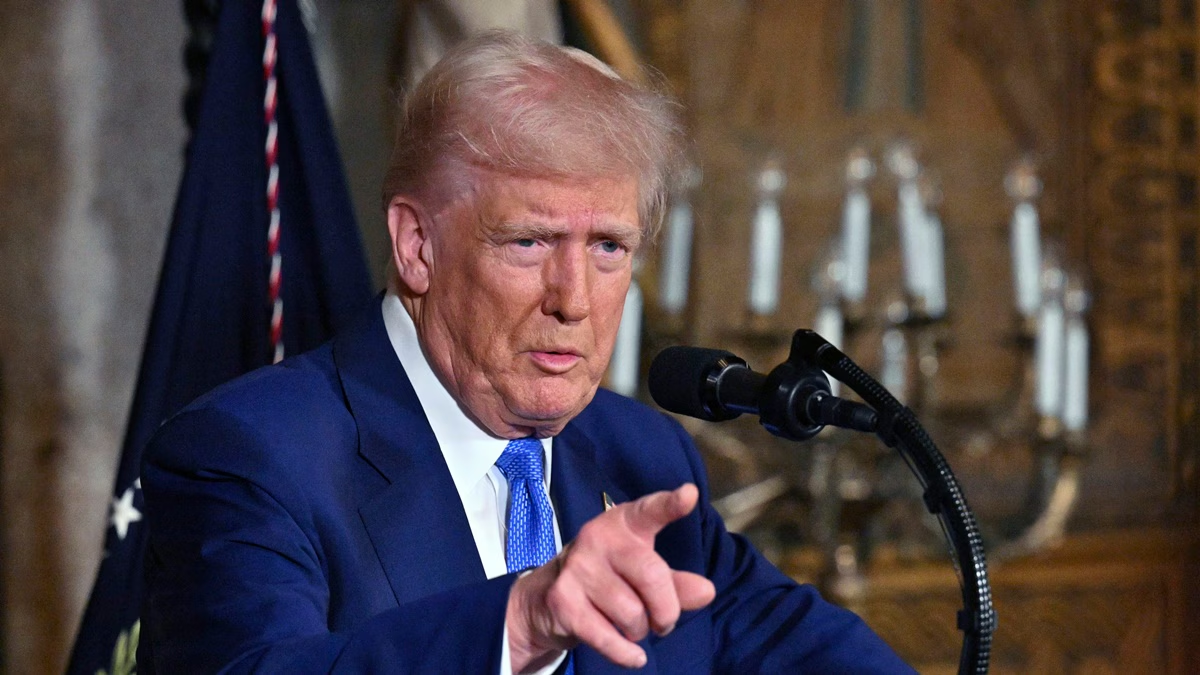






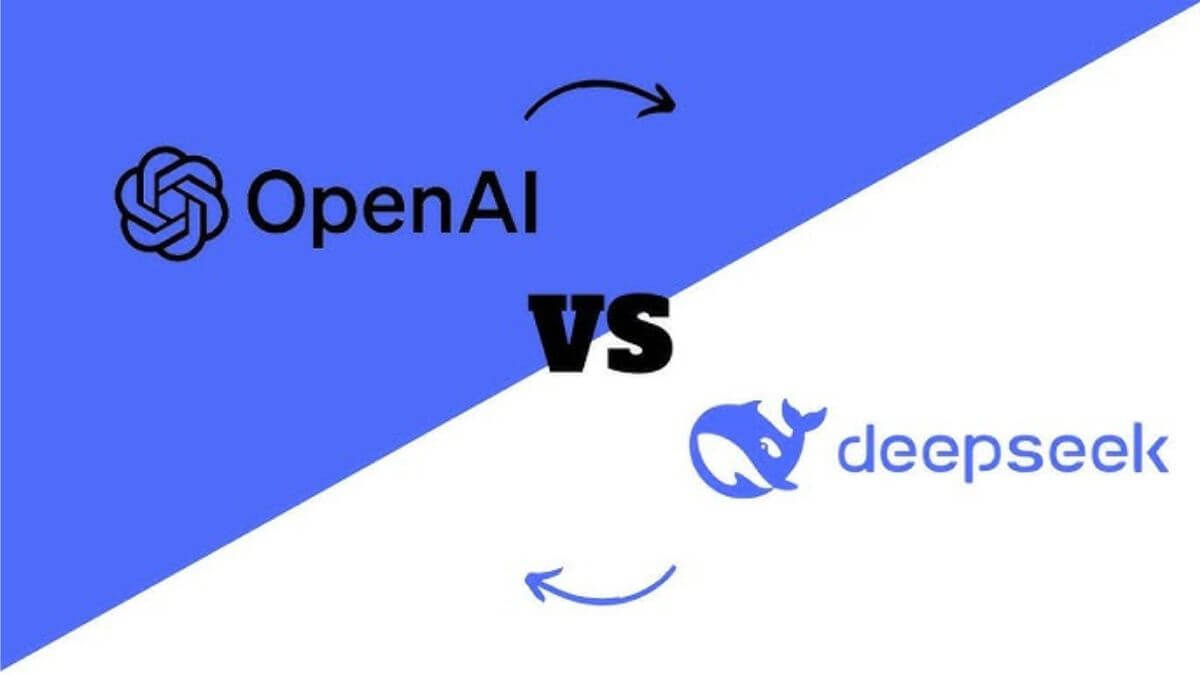








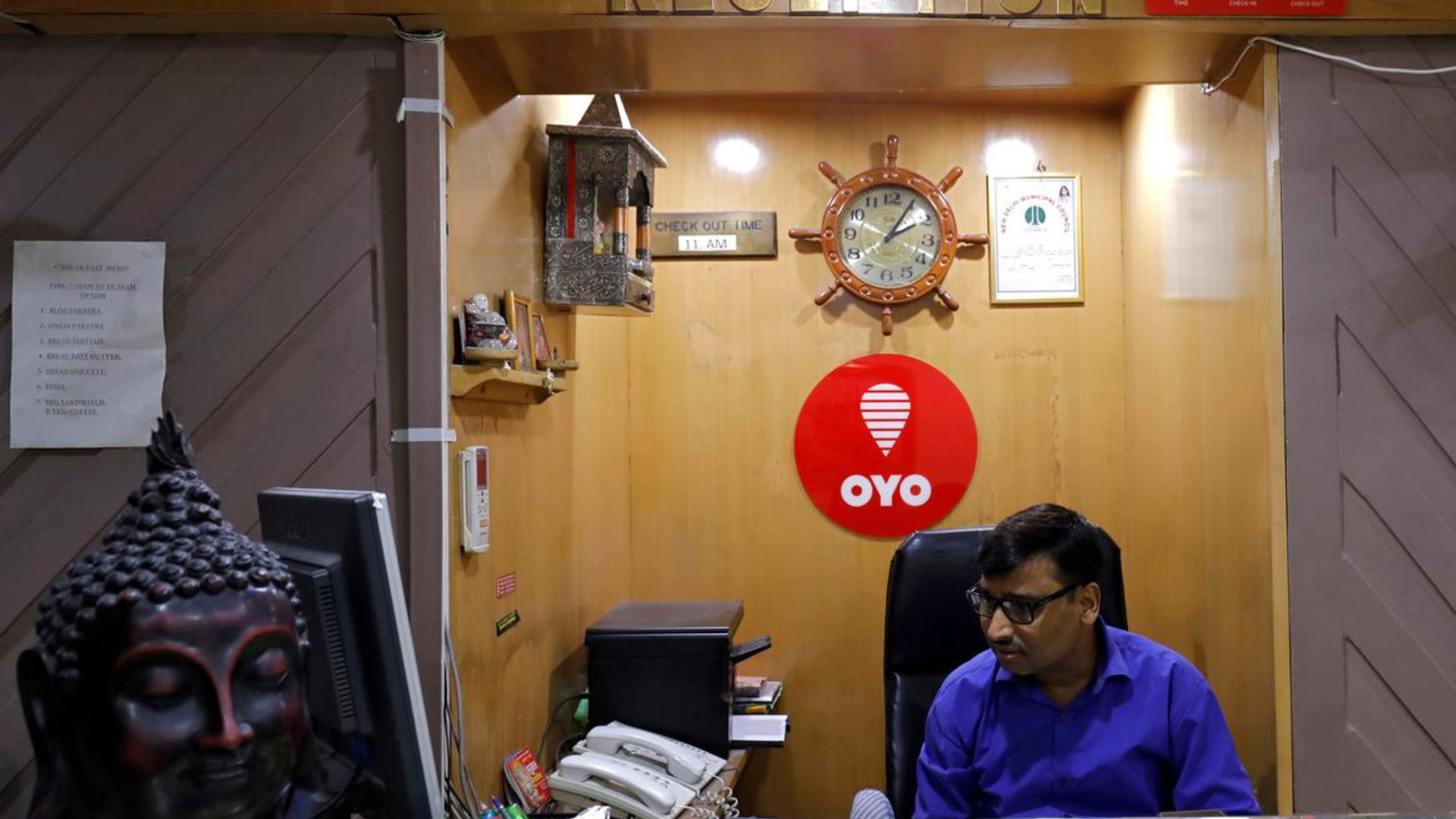

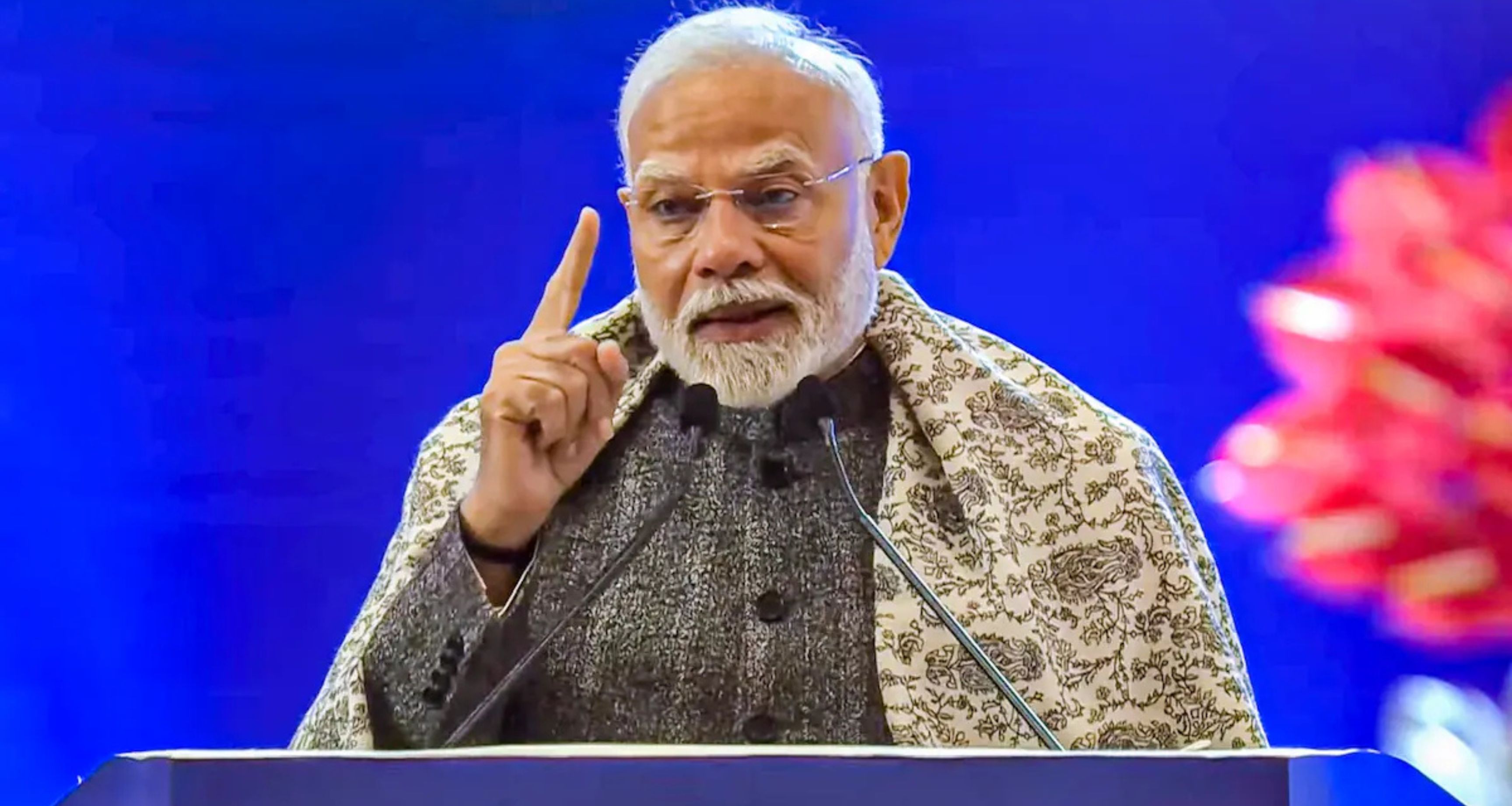
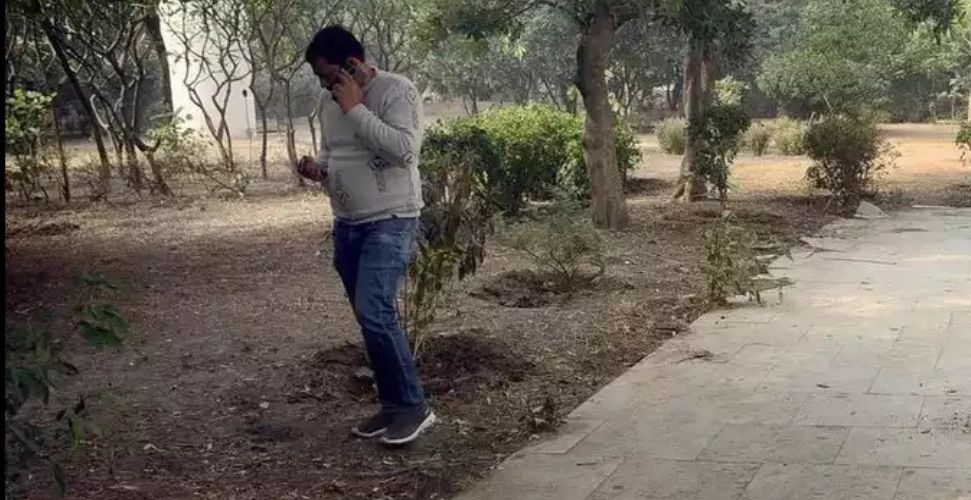


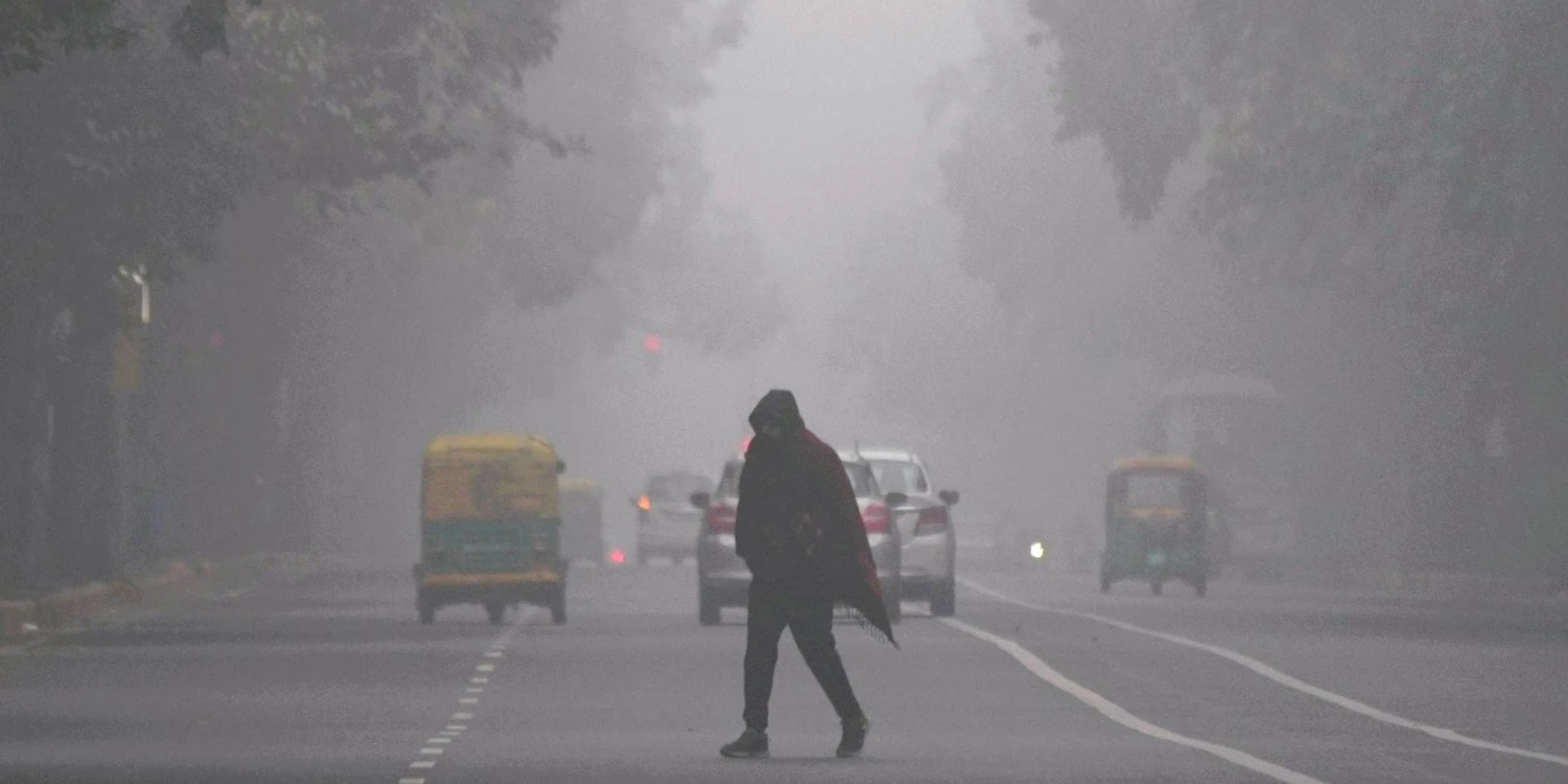


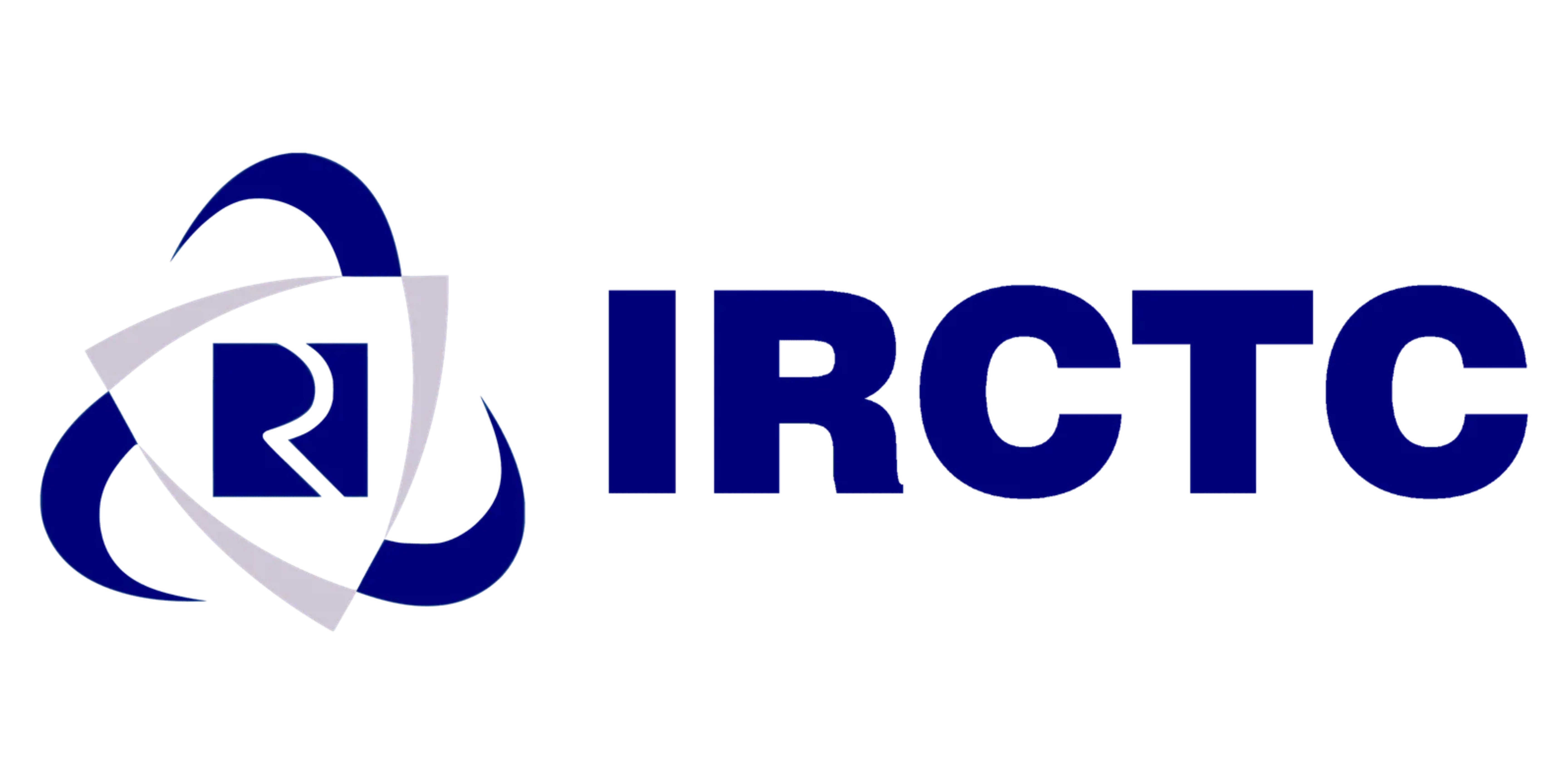

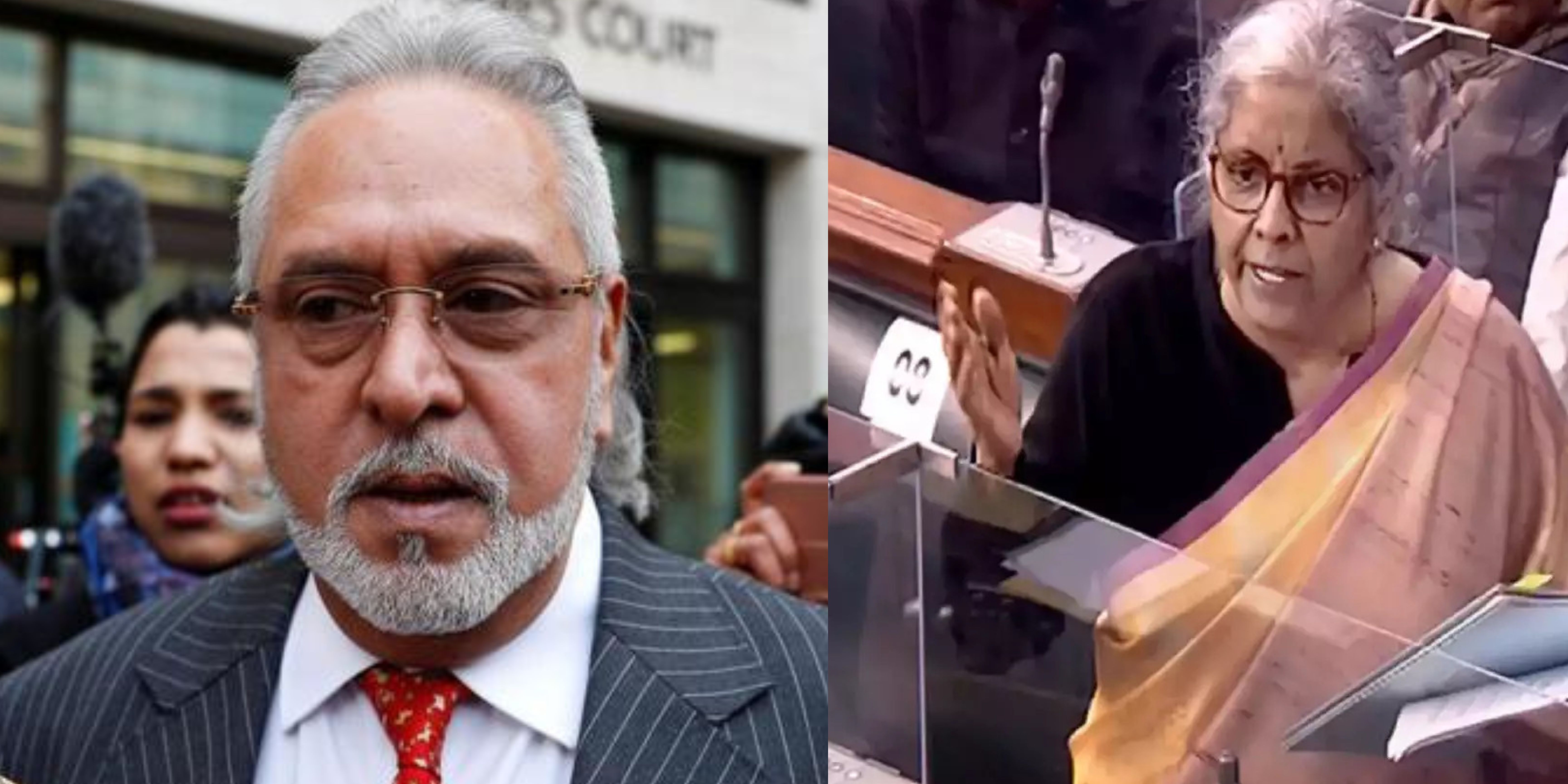
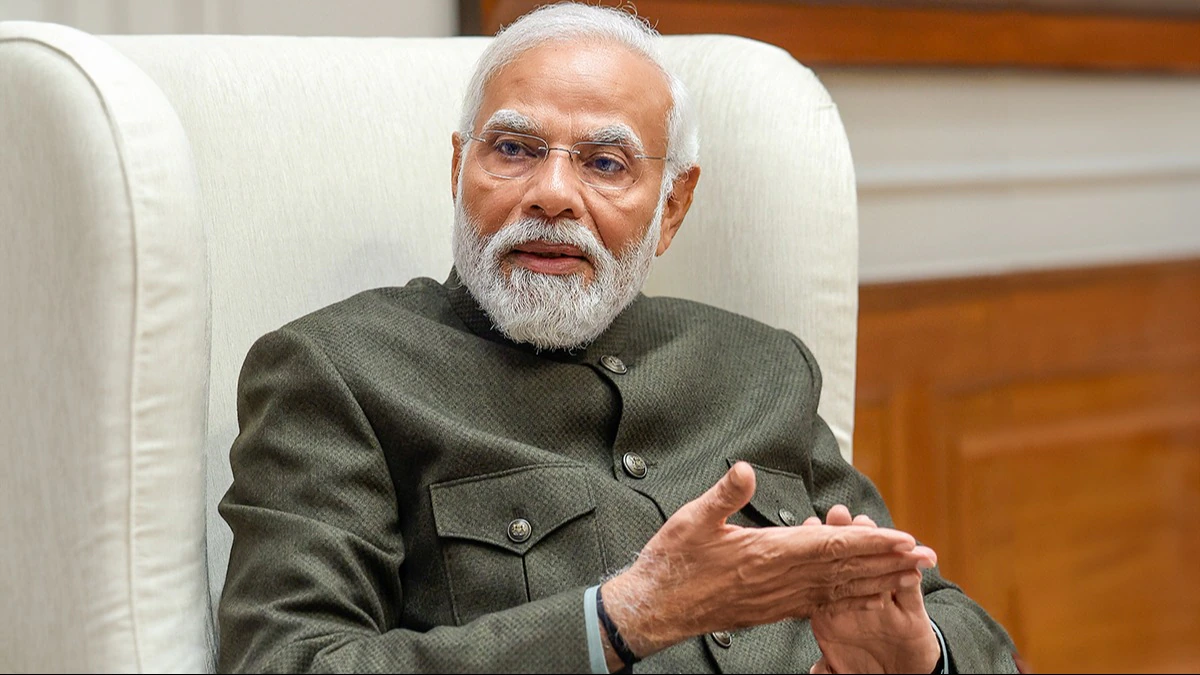
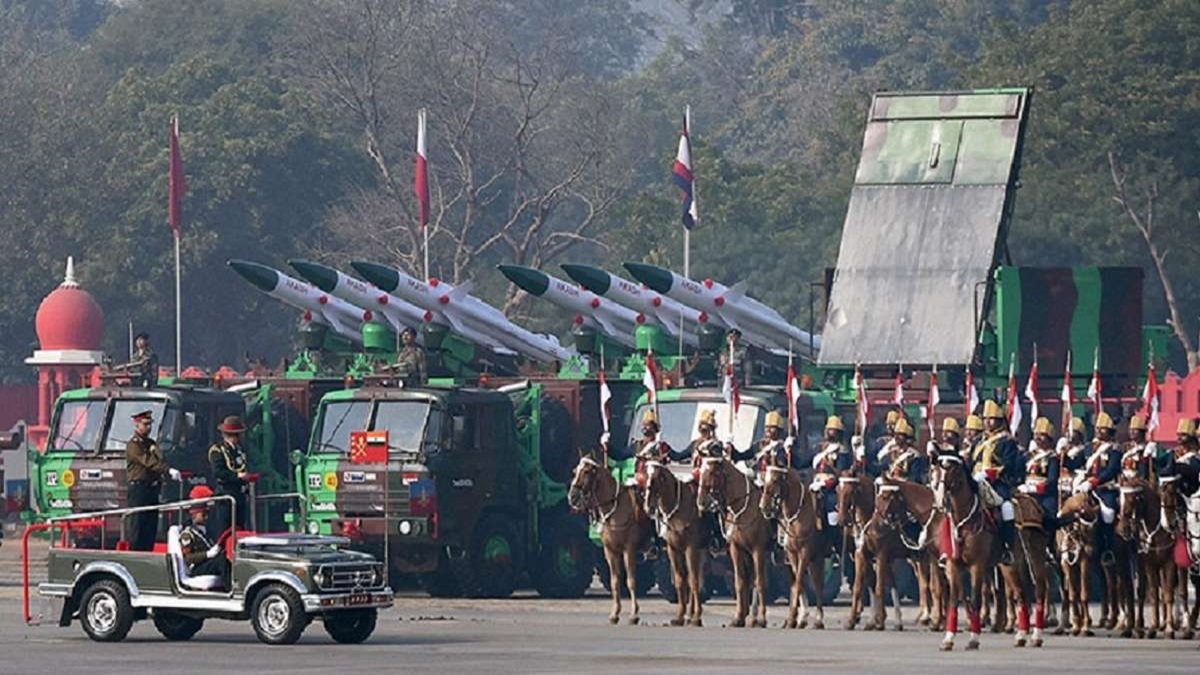

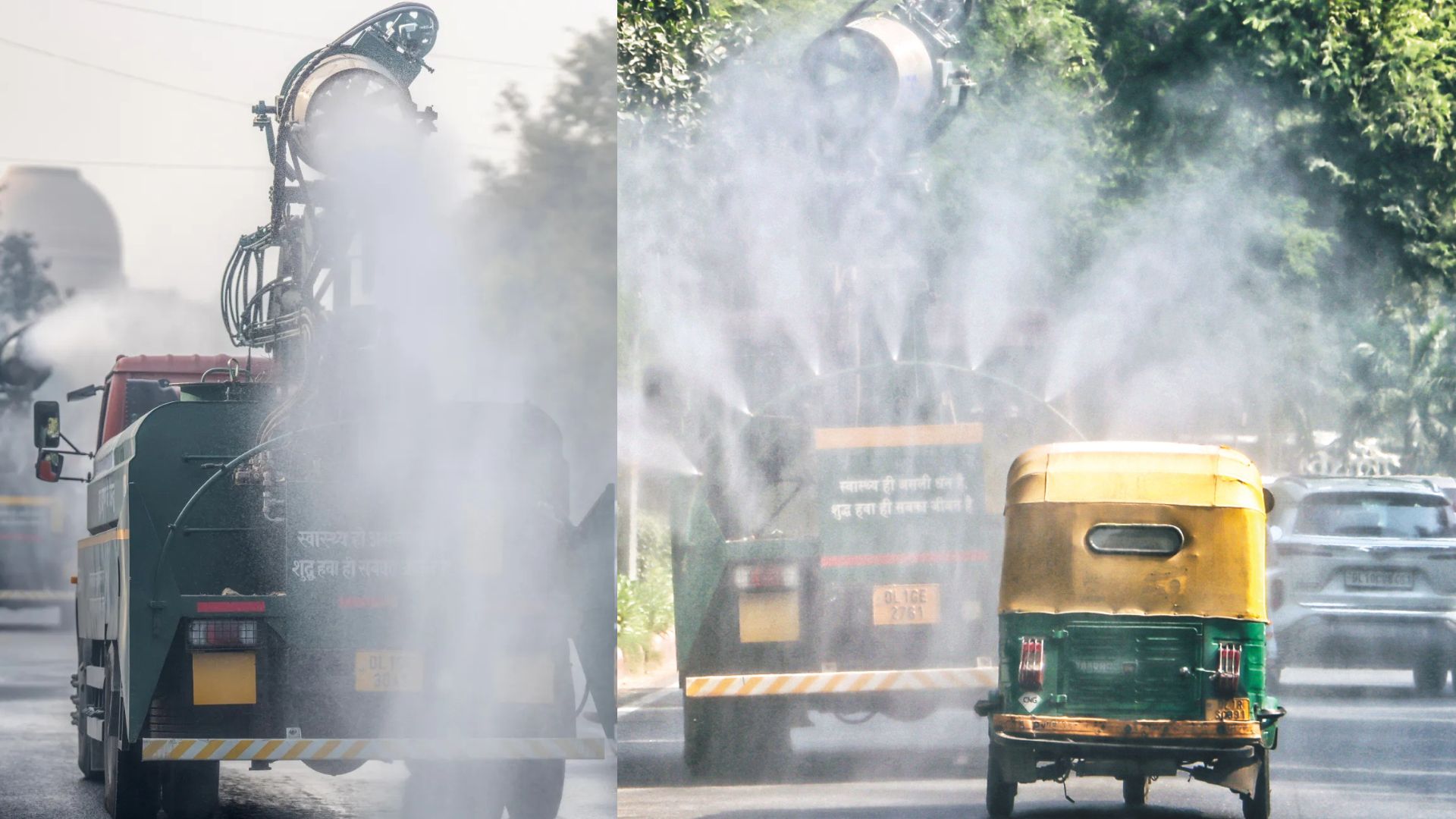
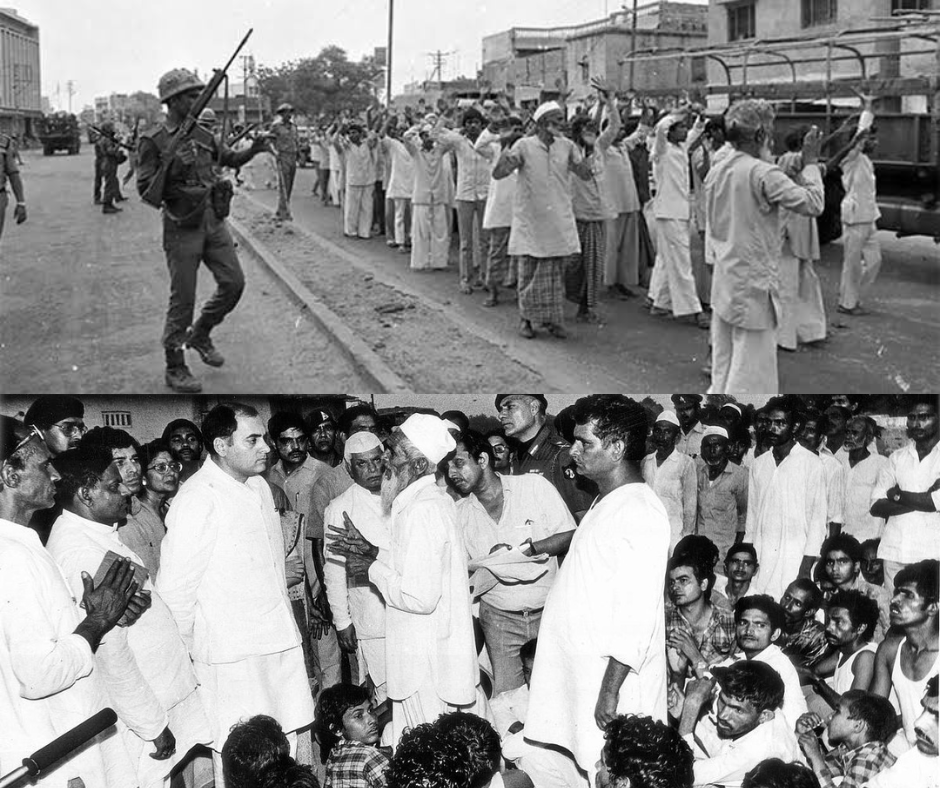
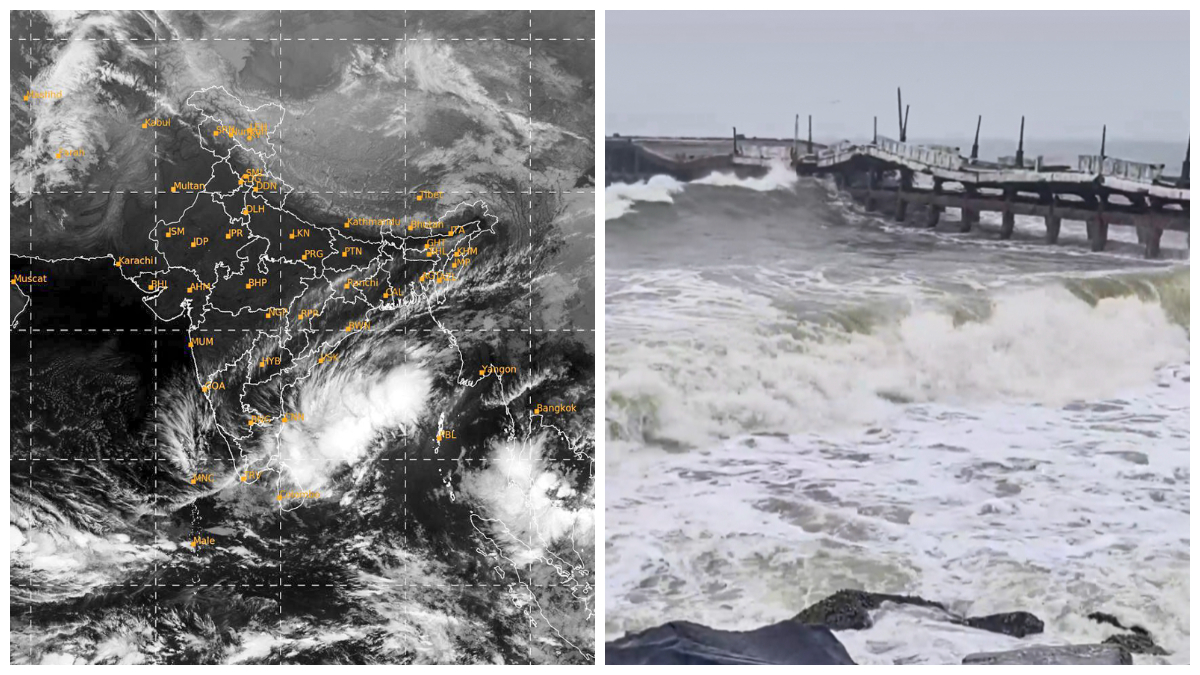



.jfif)




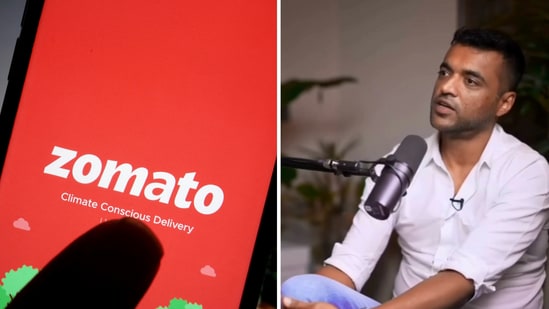
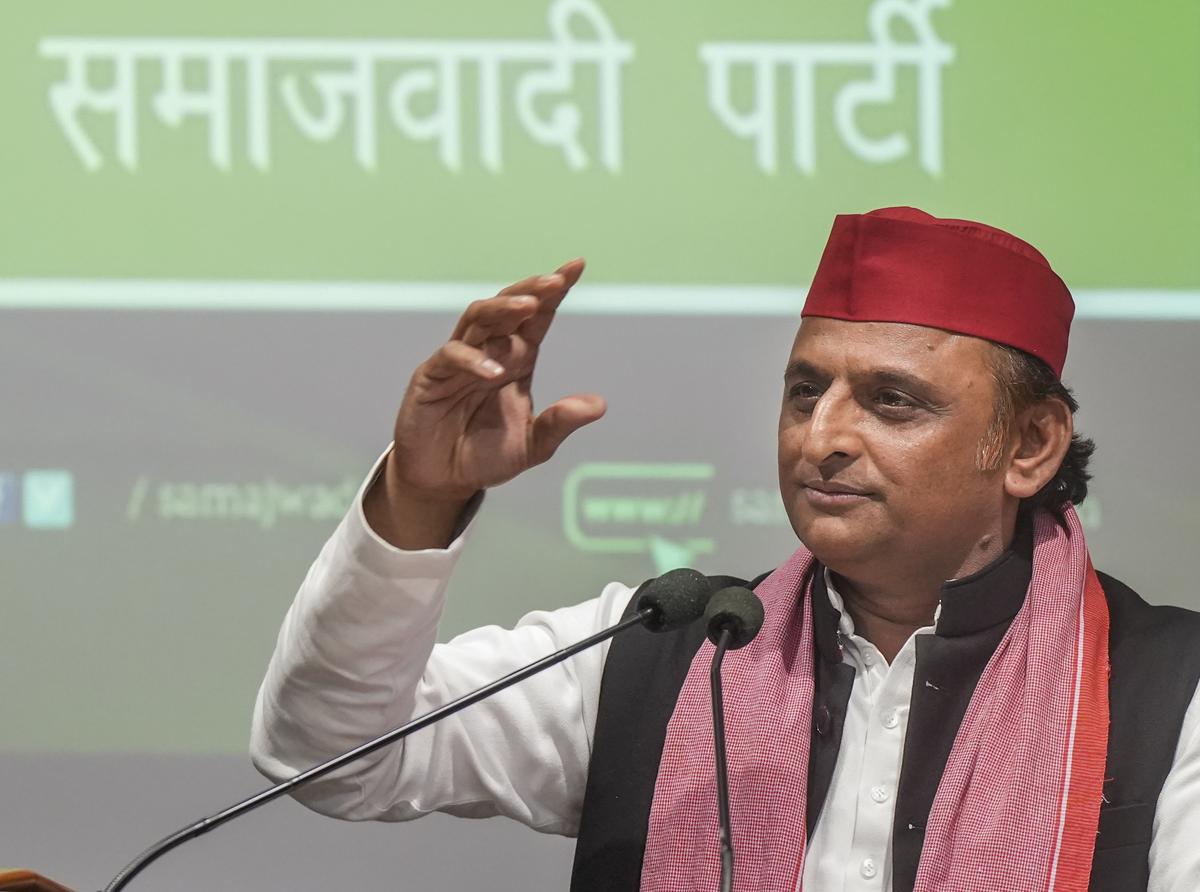

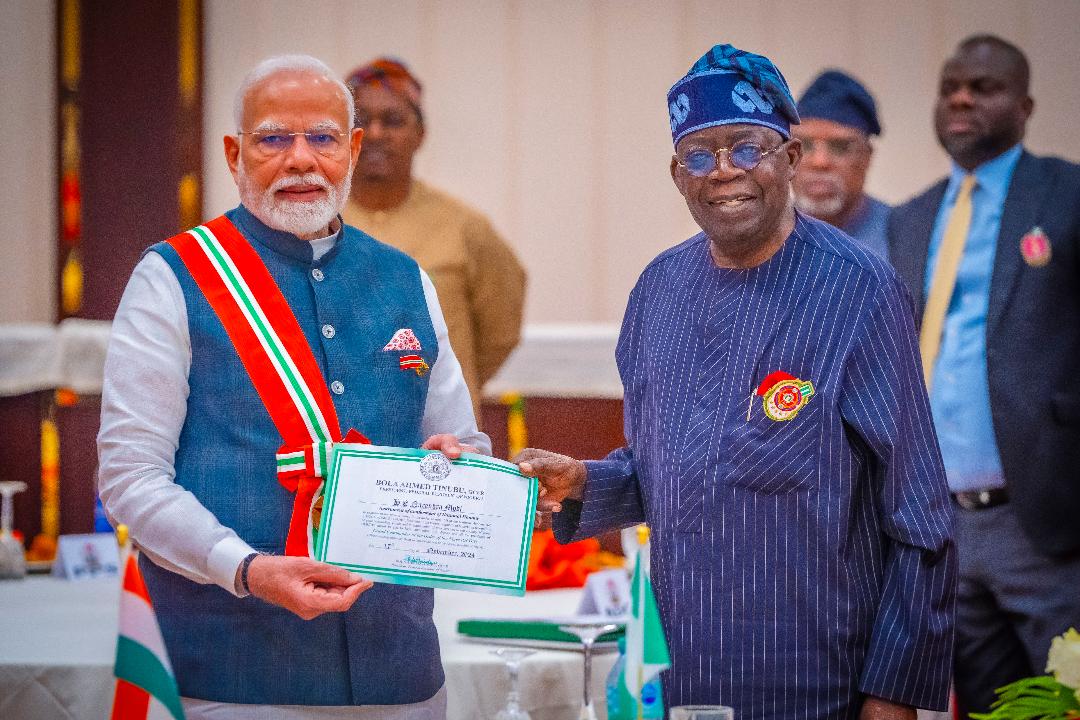

.jpg)



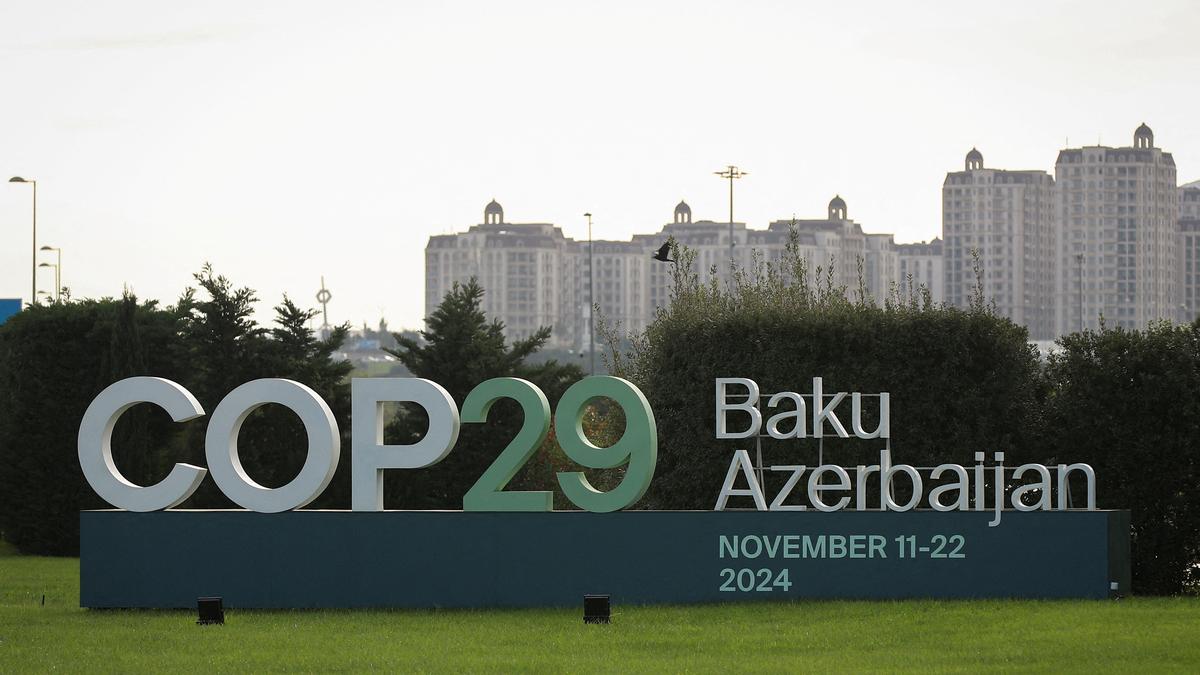

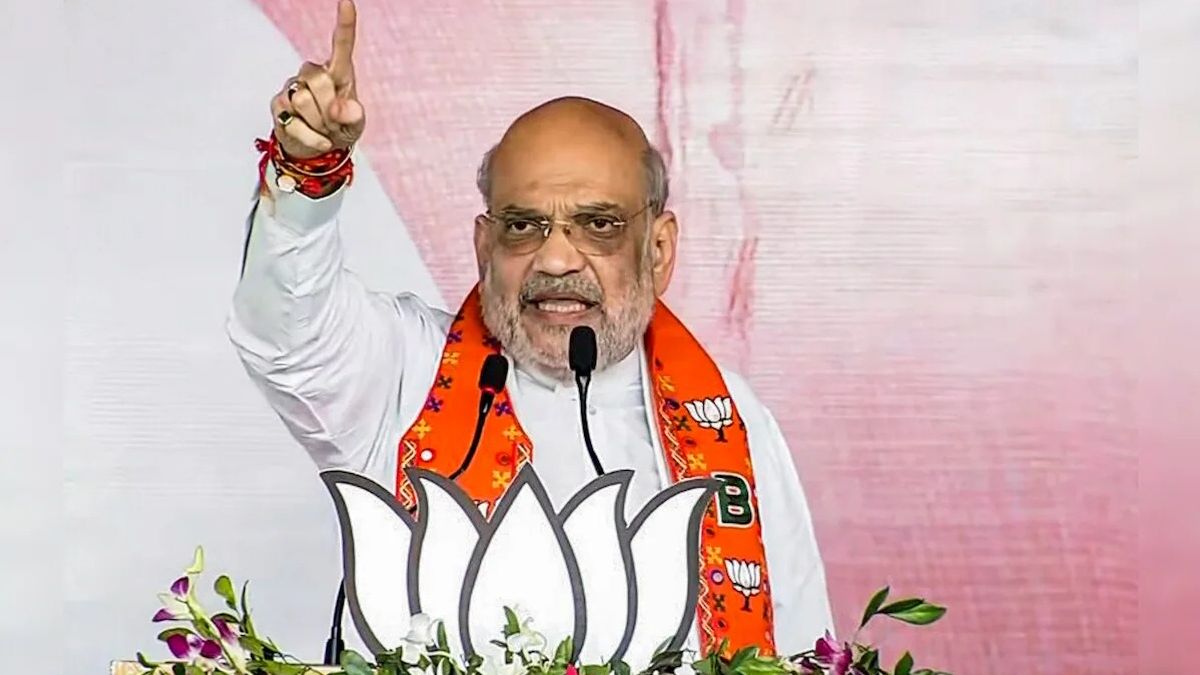
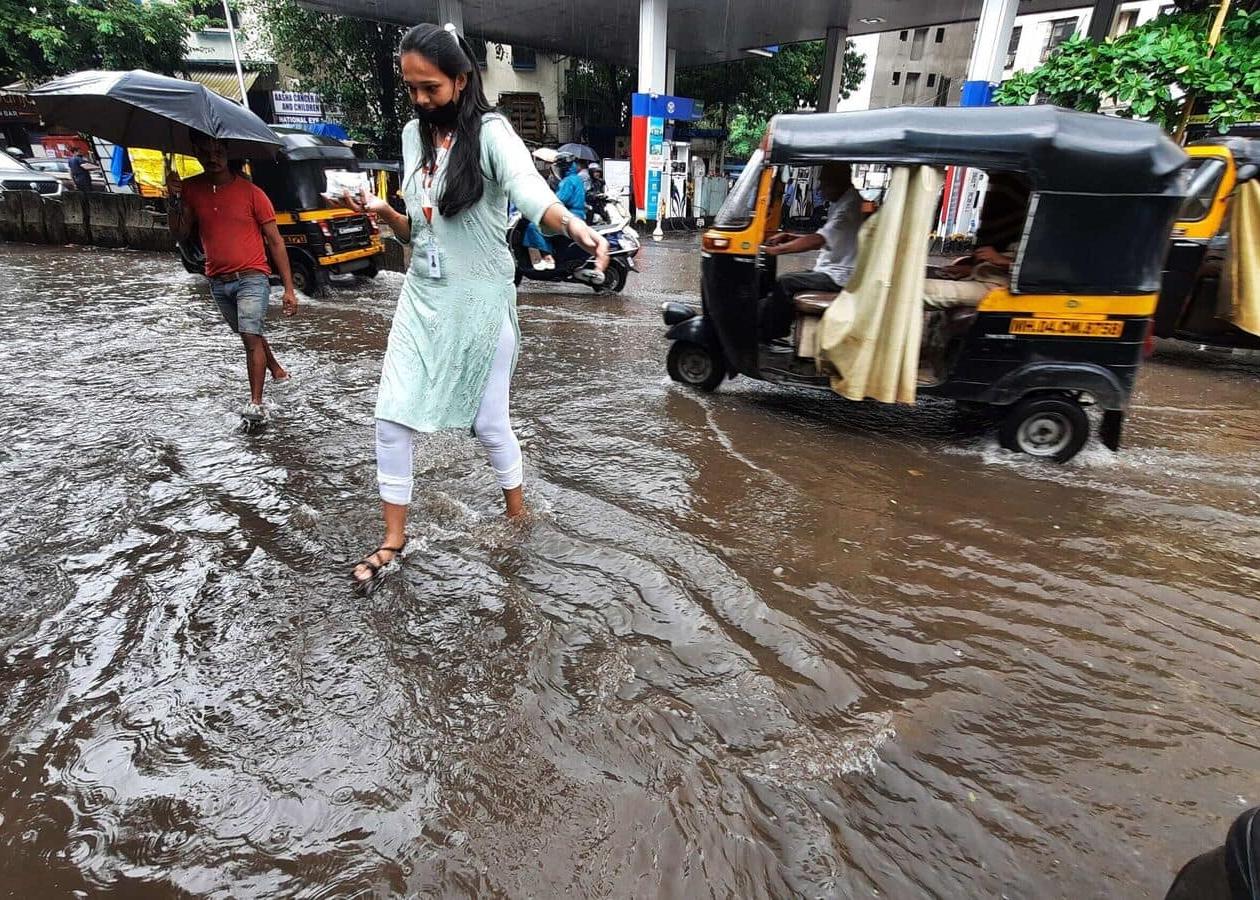


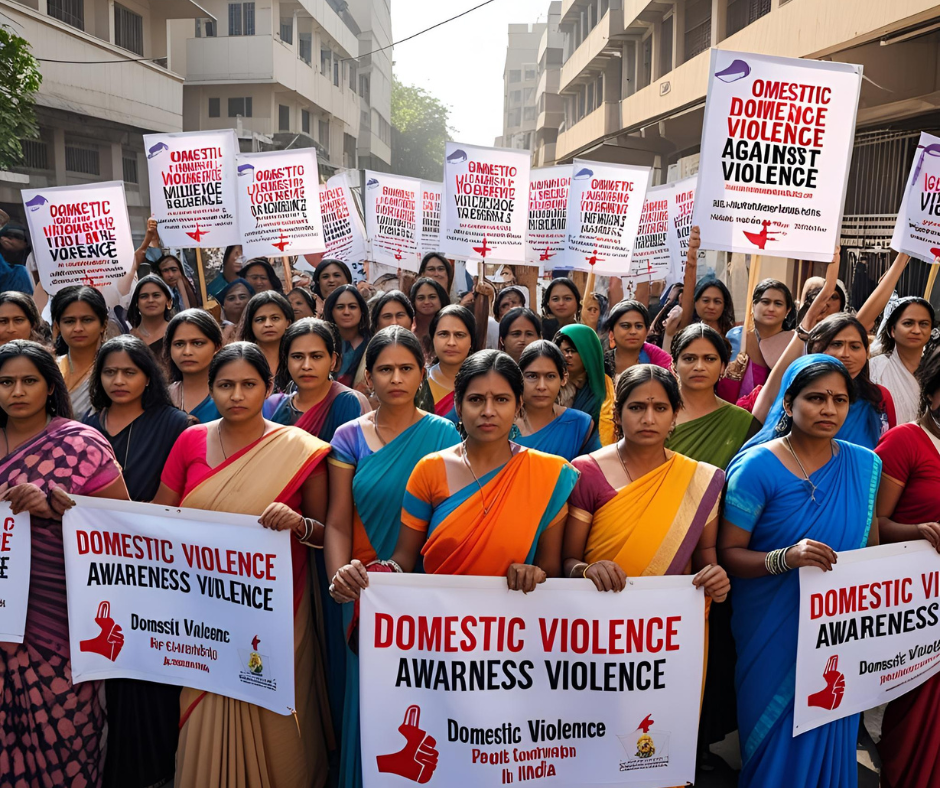
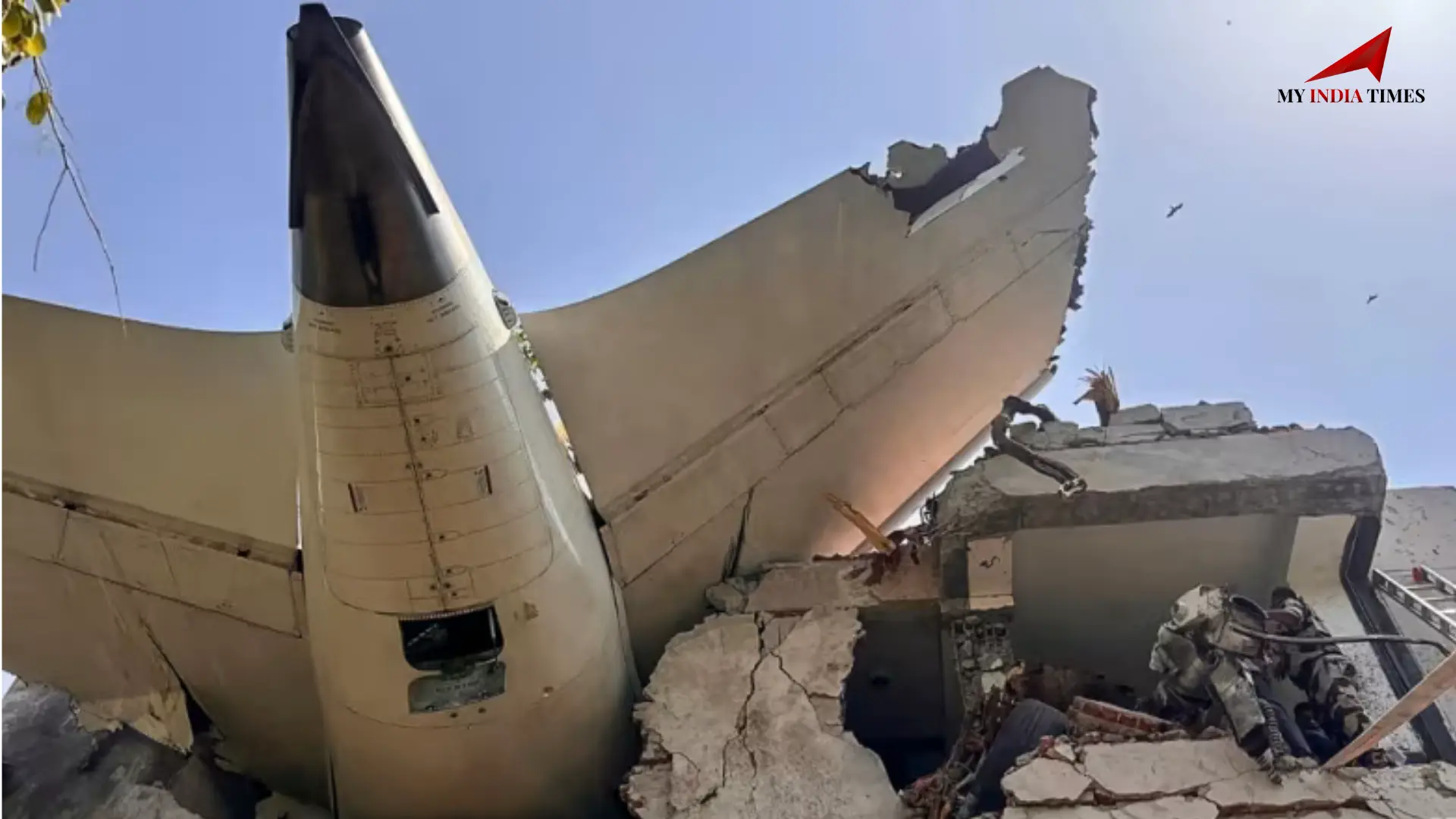



















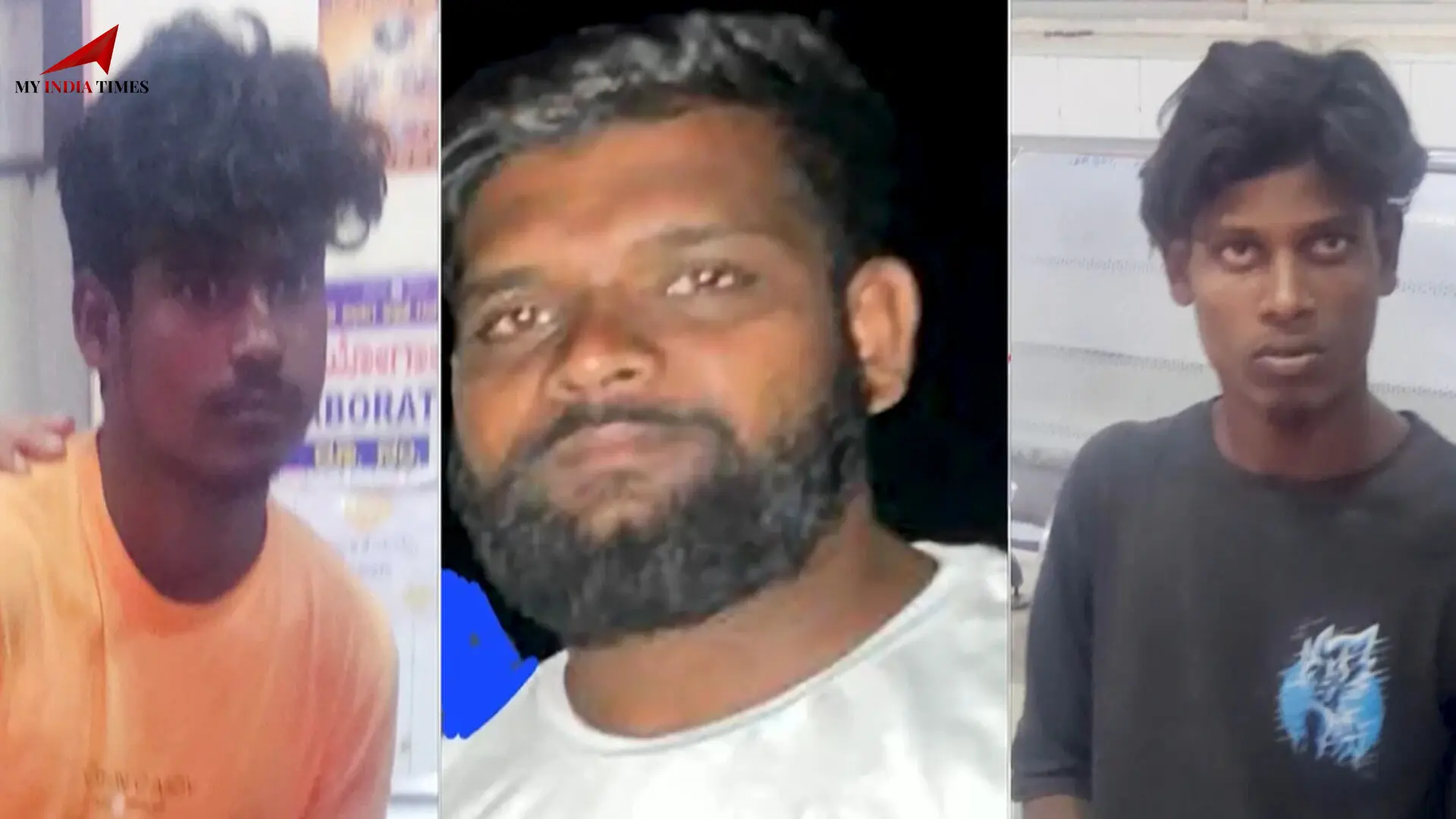
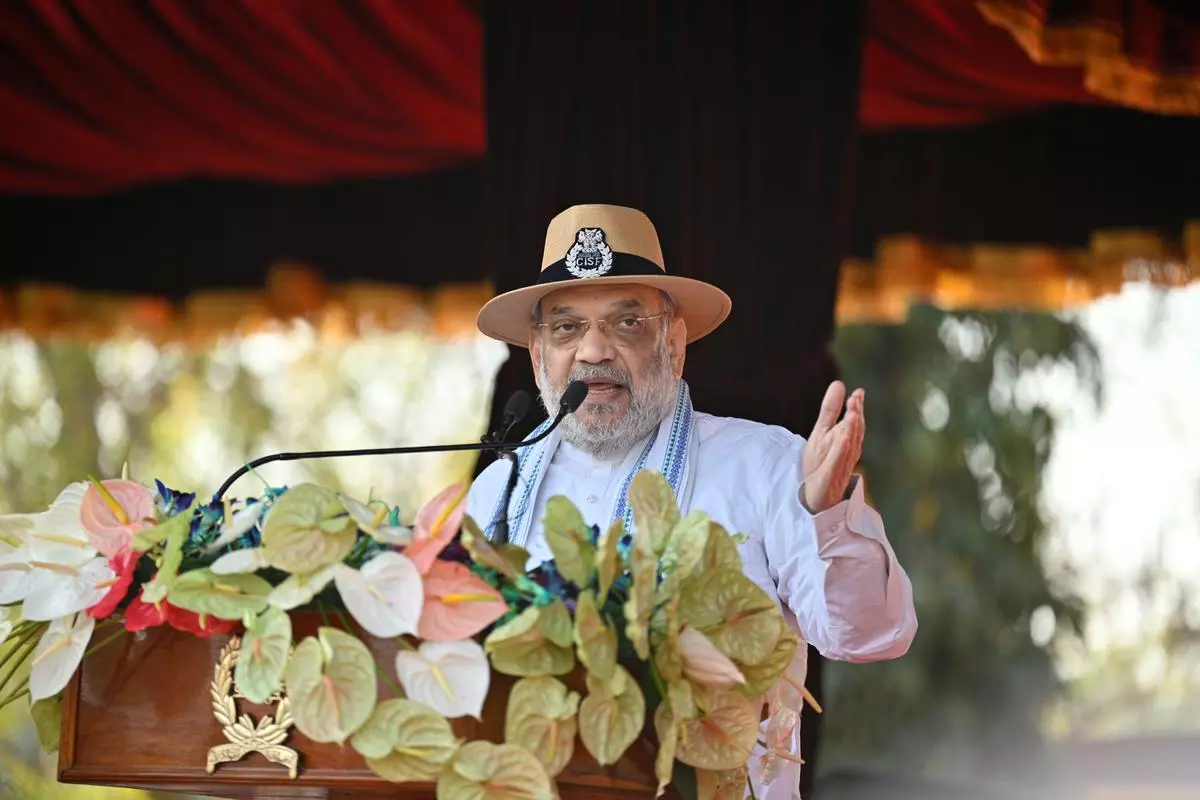

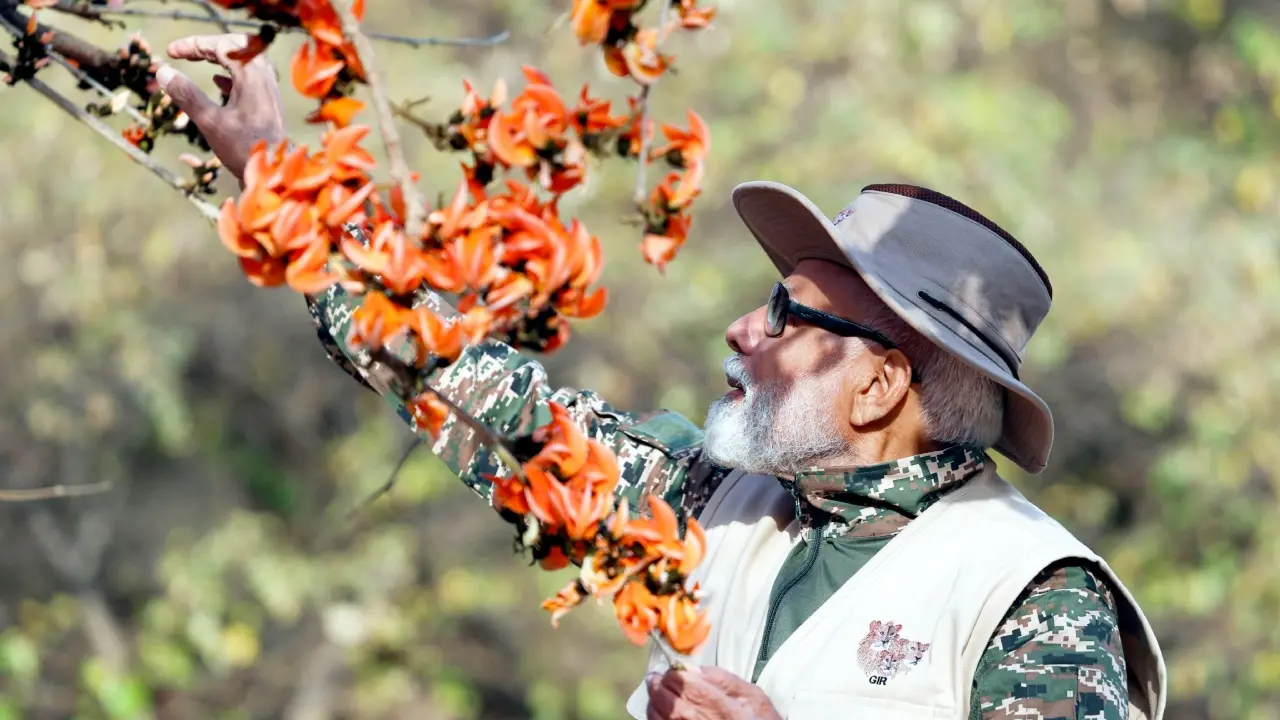



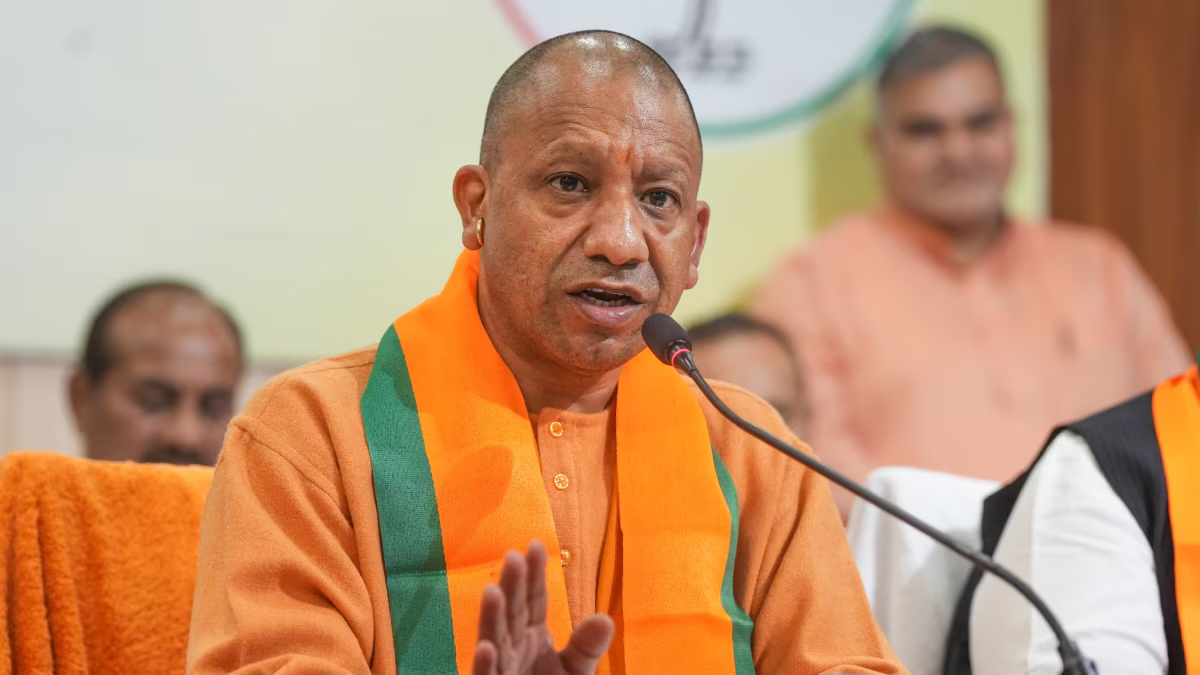
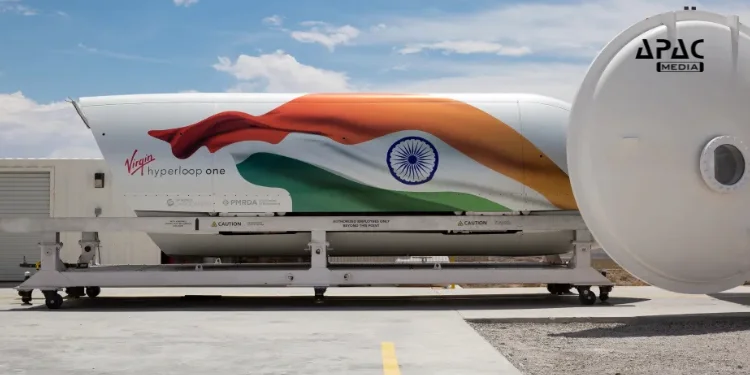




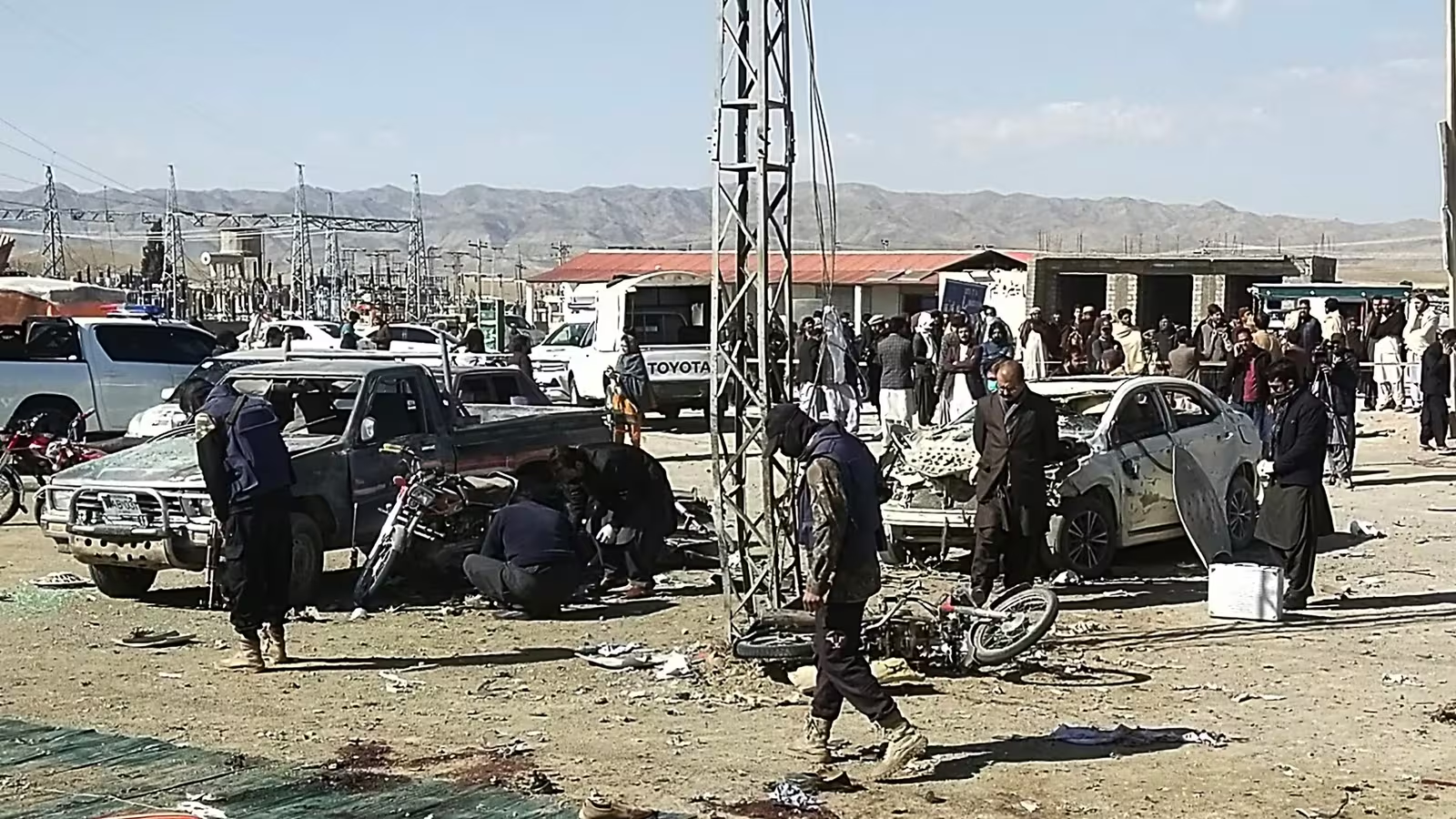
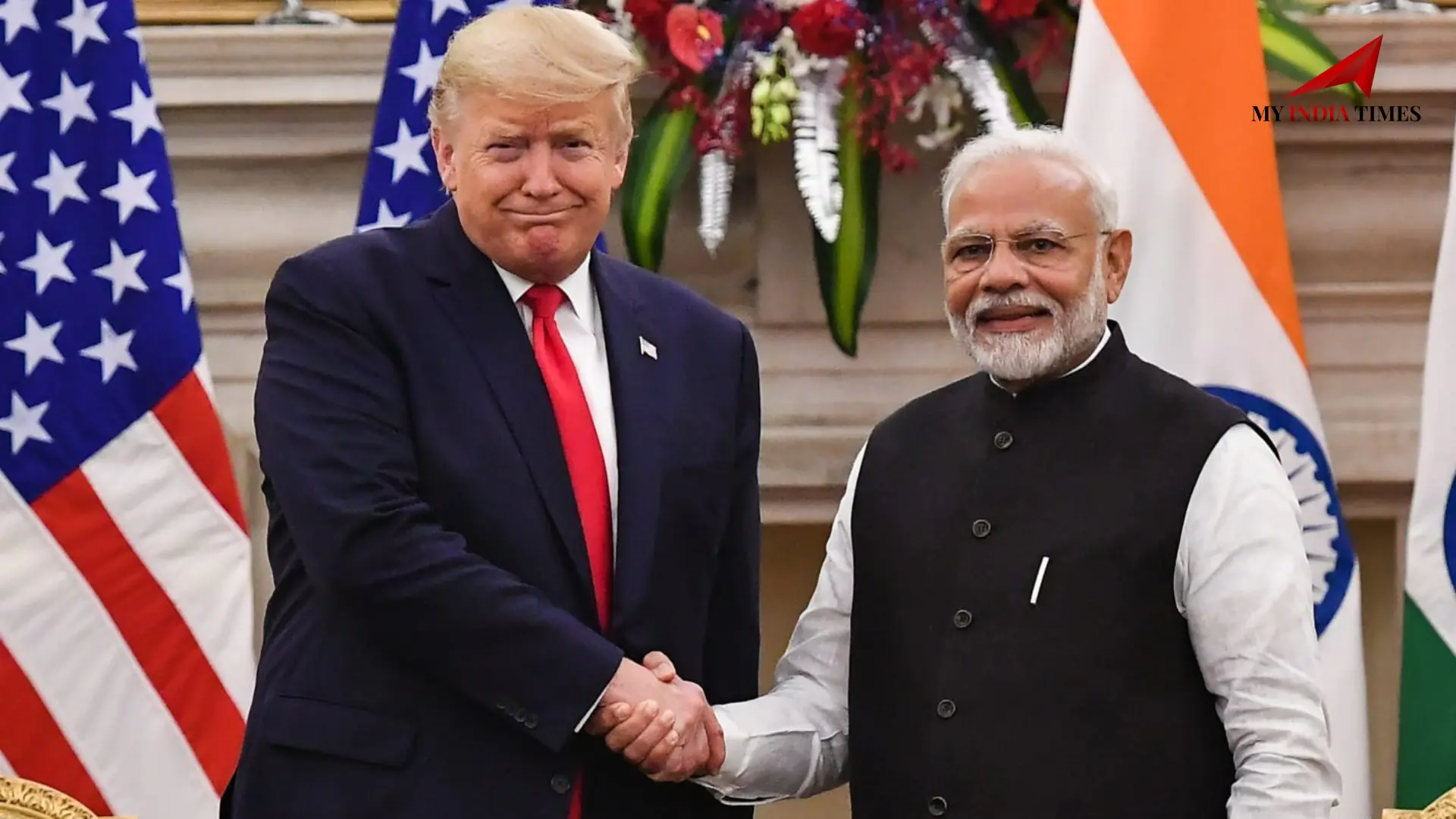
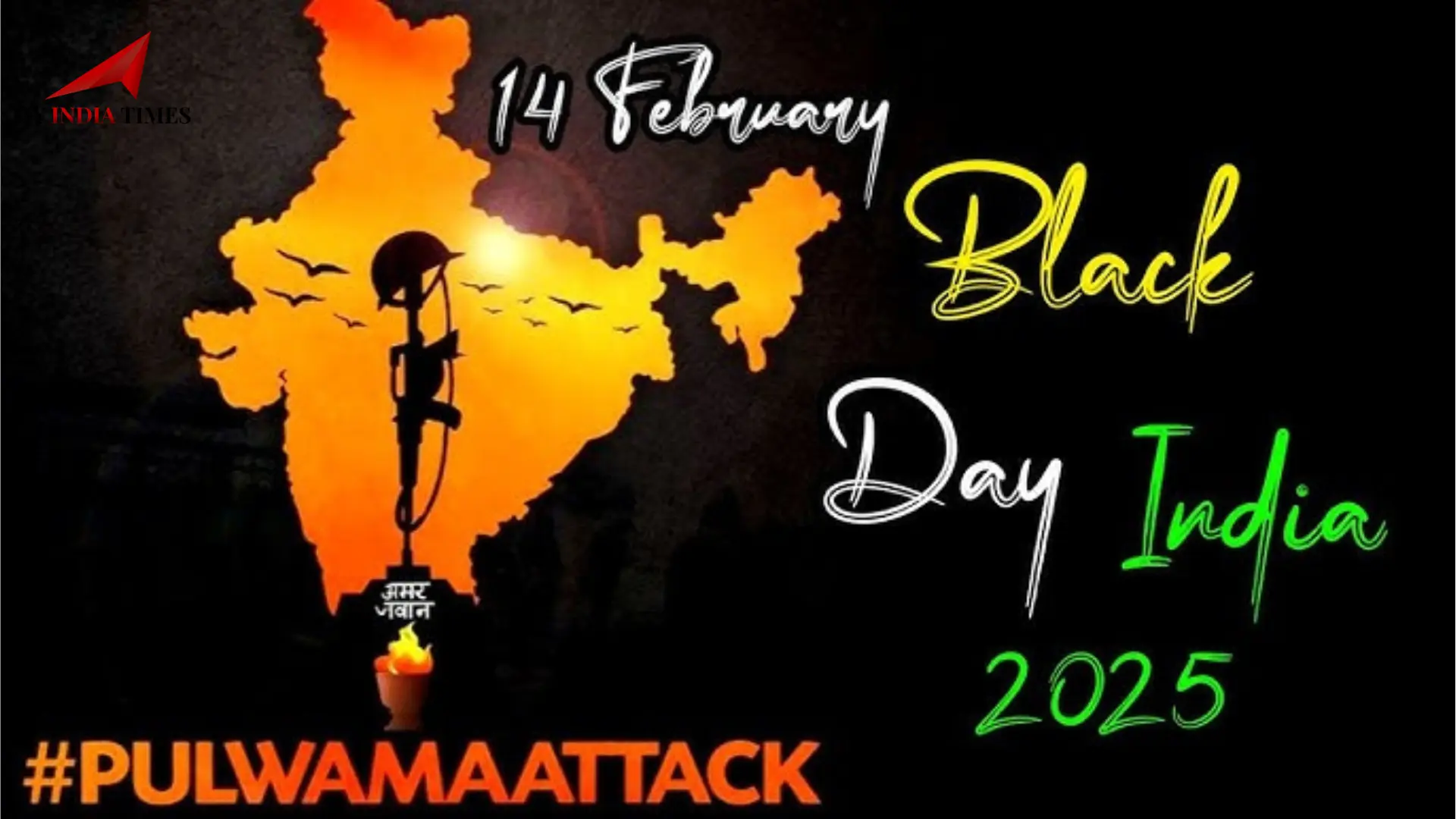

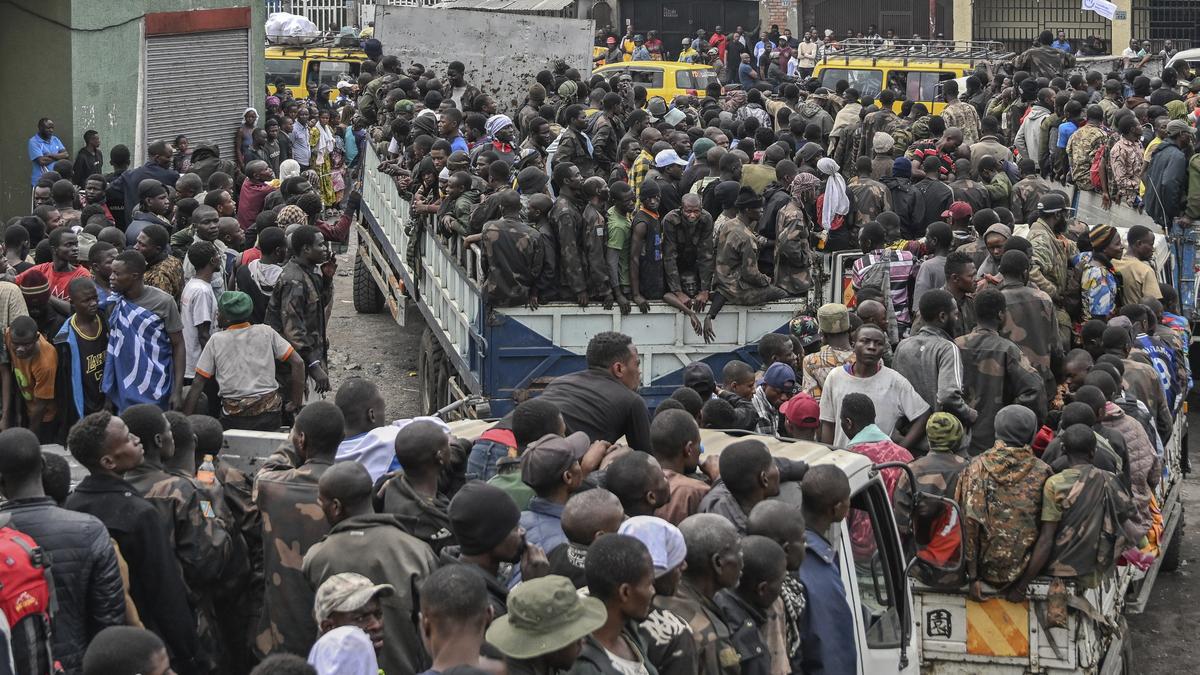
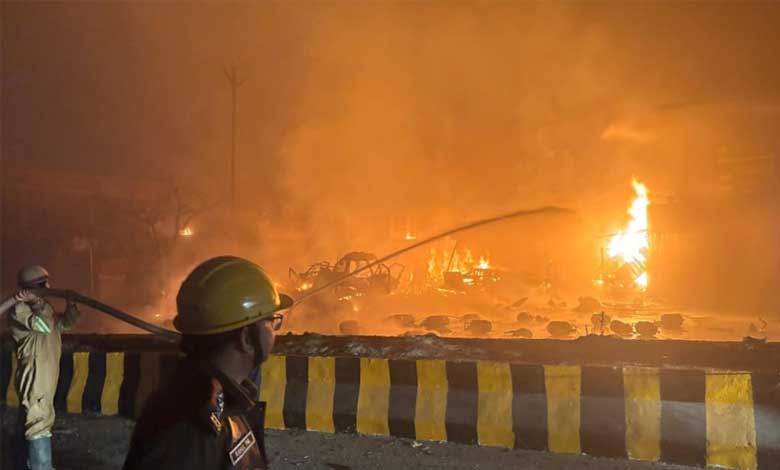



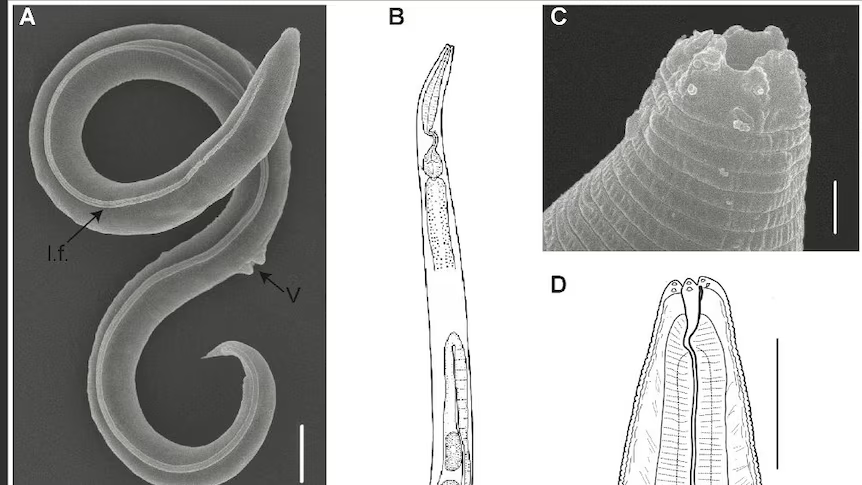
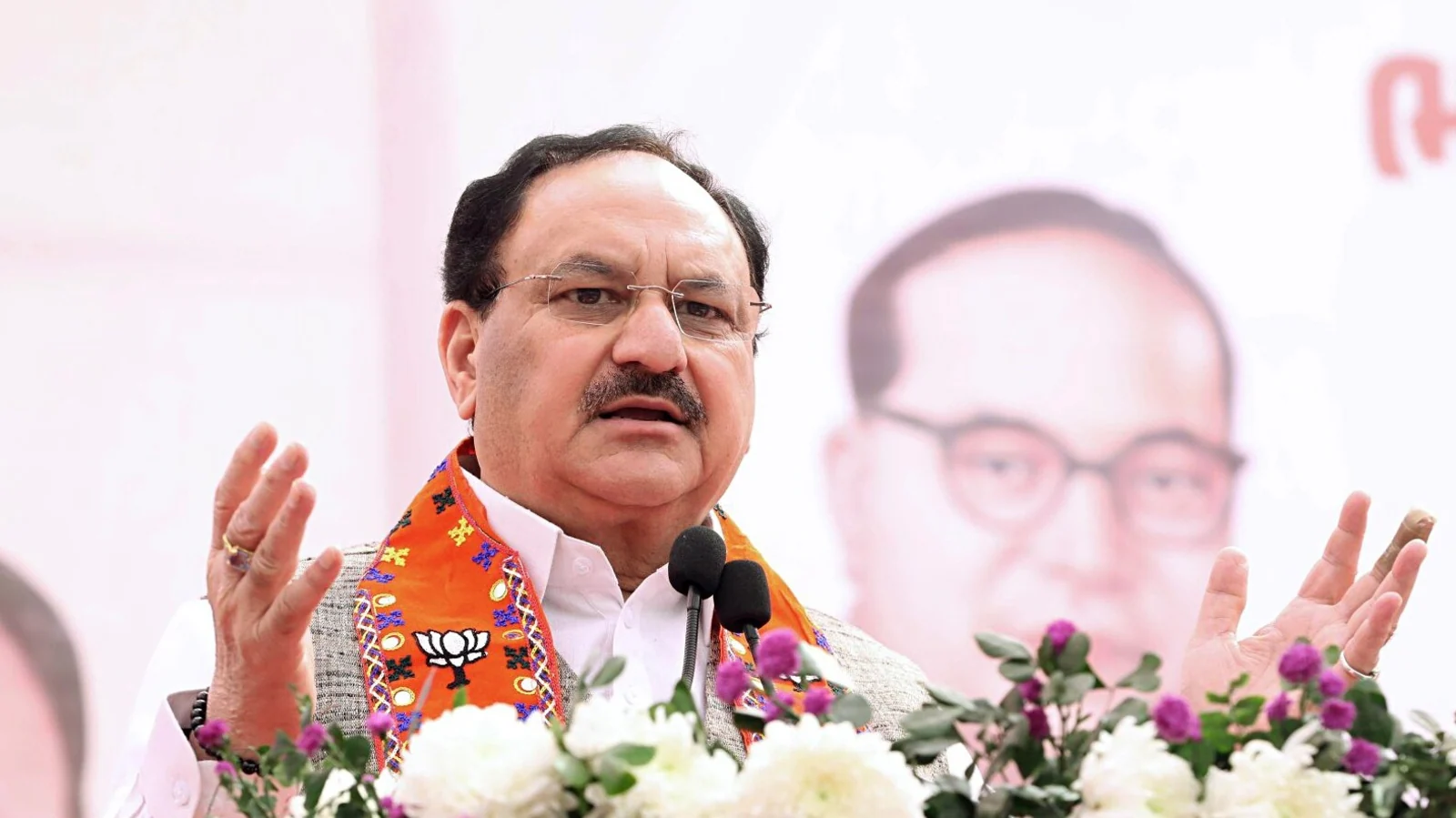



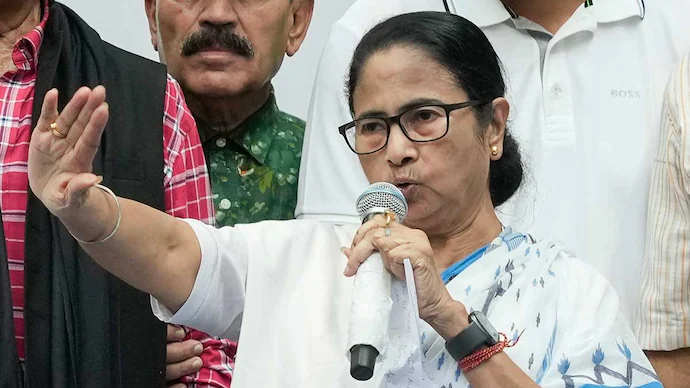



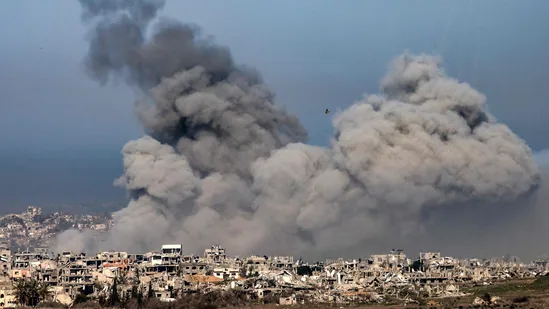
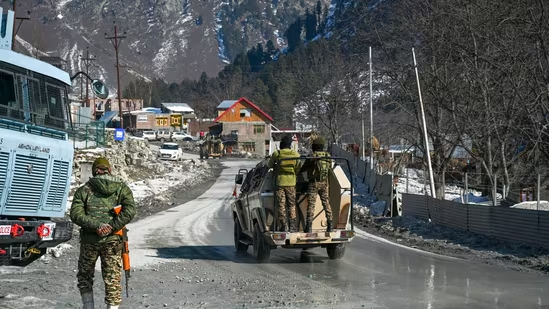
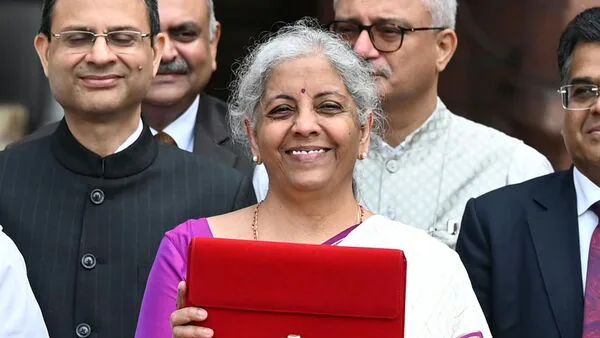
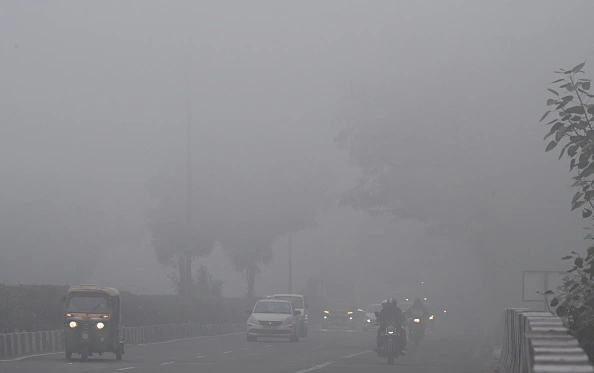
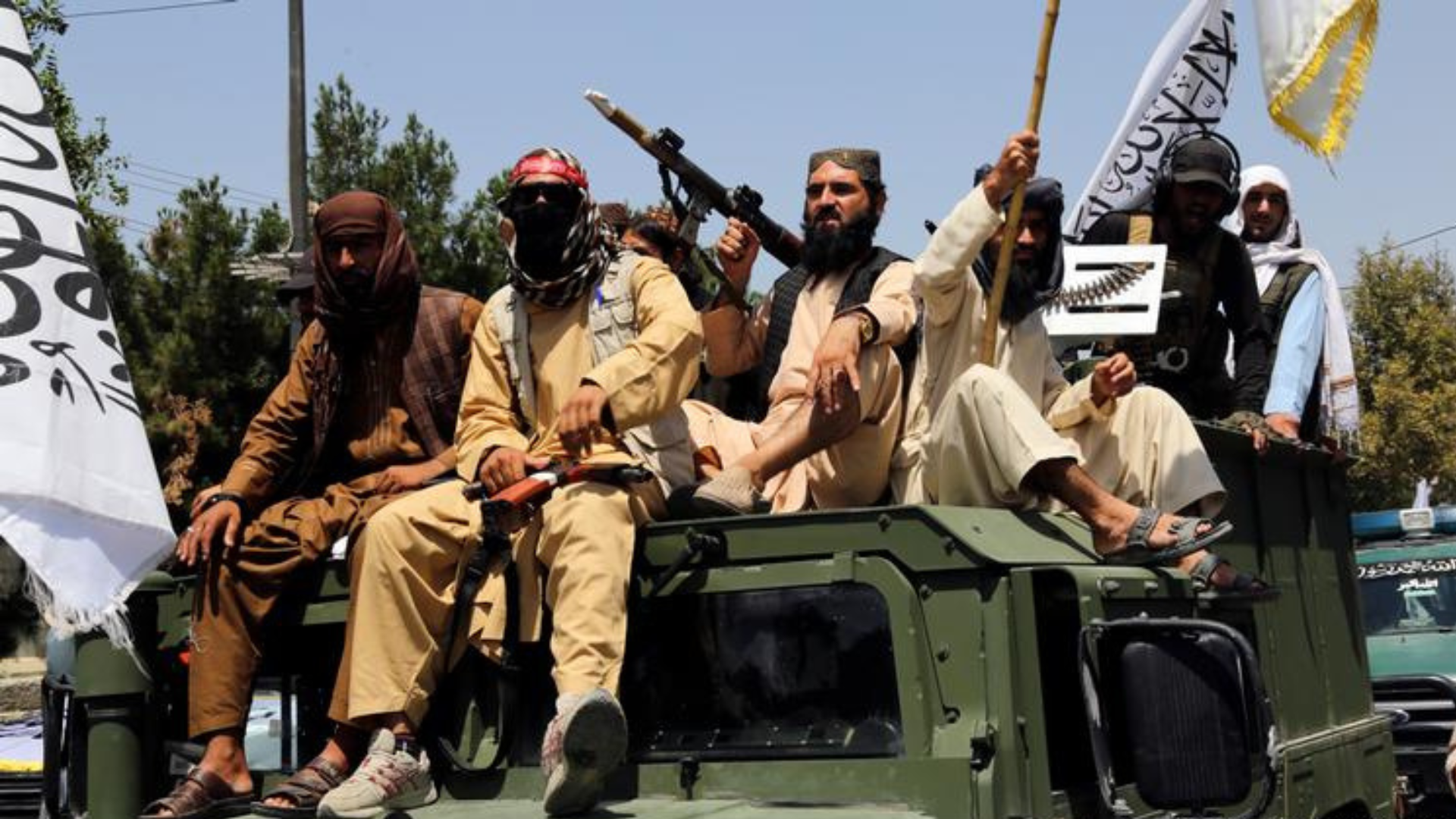
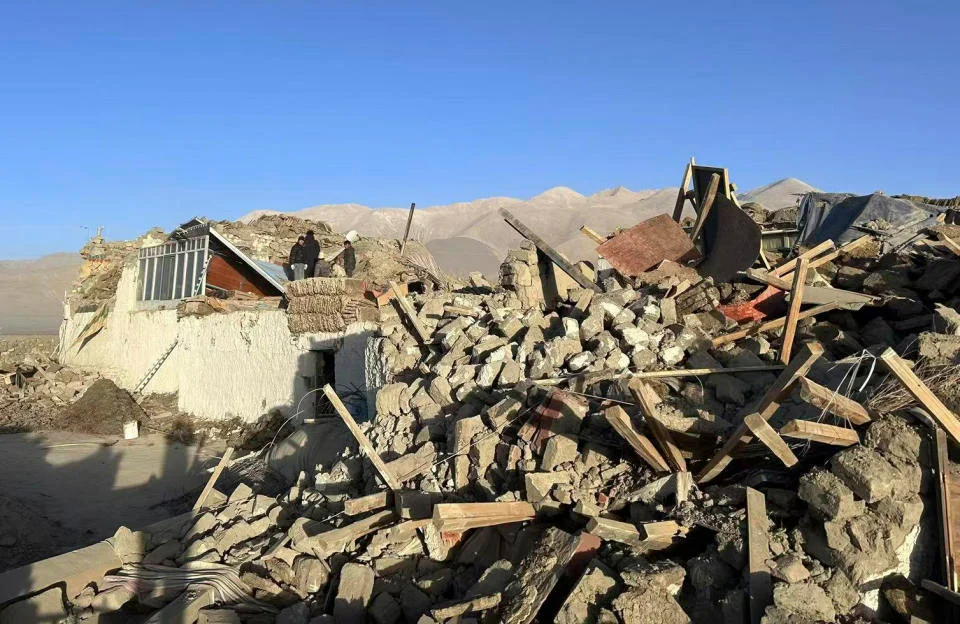


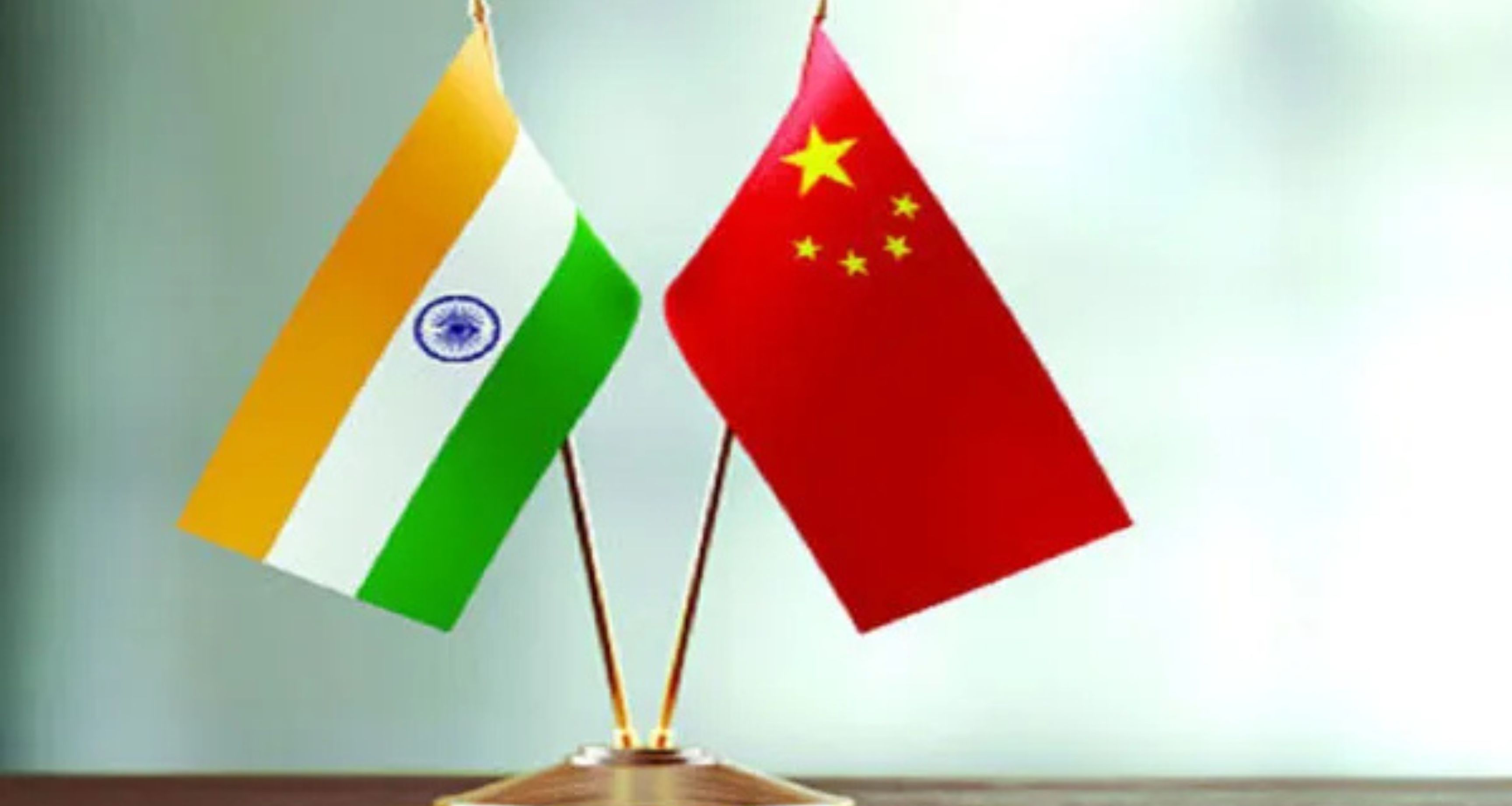
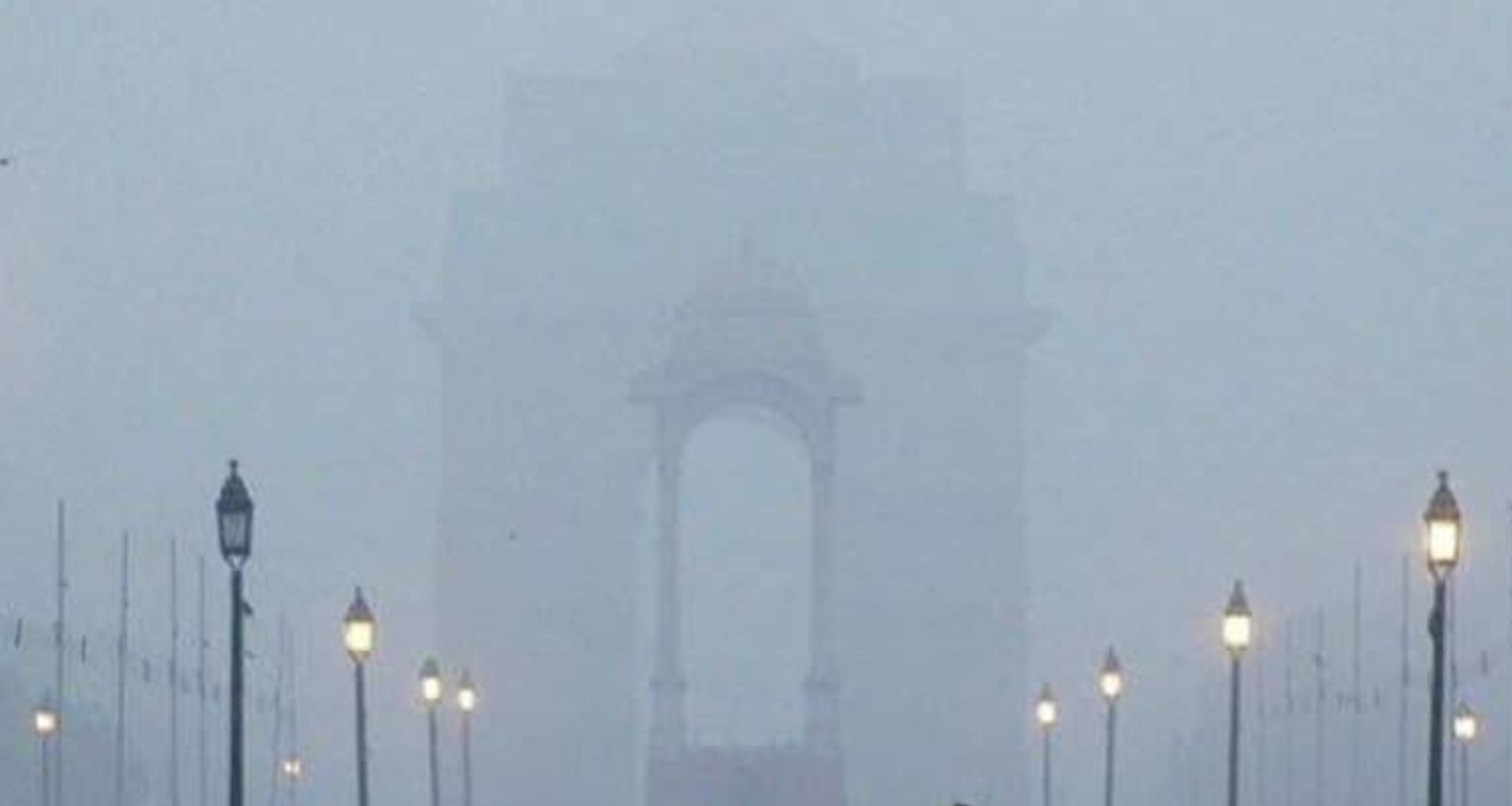
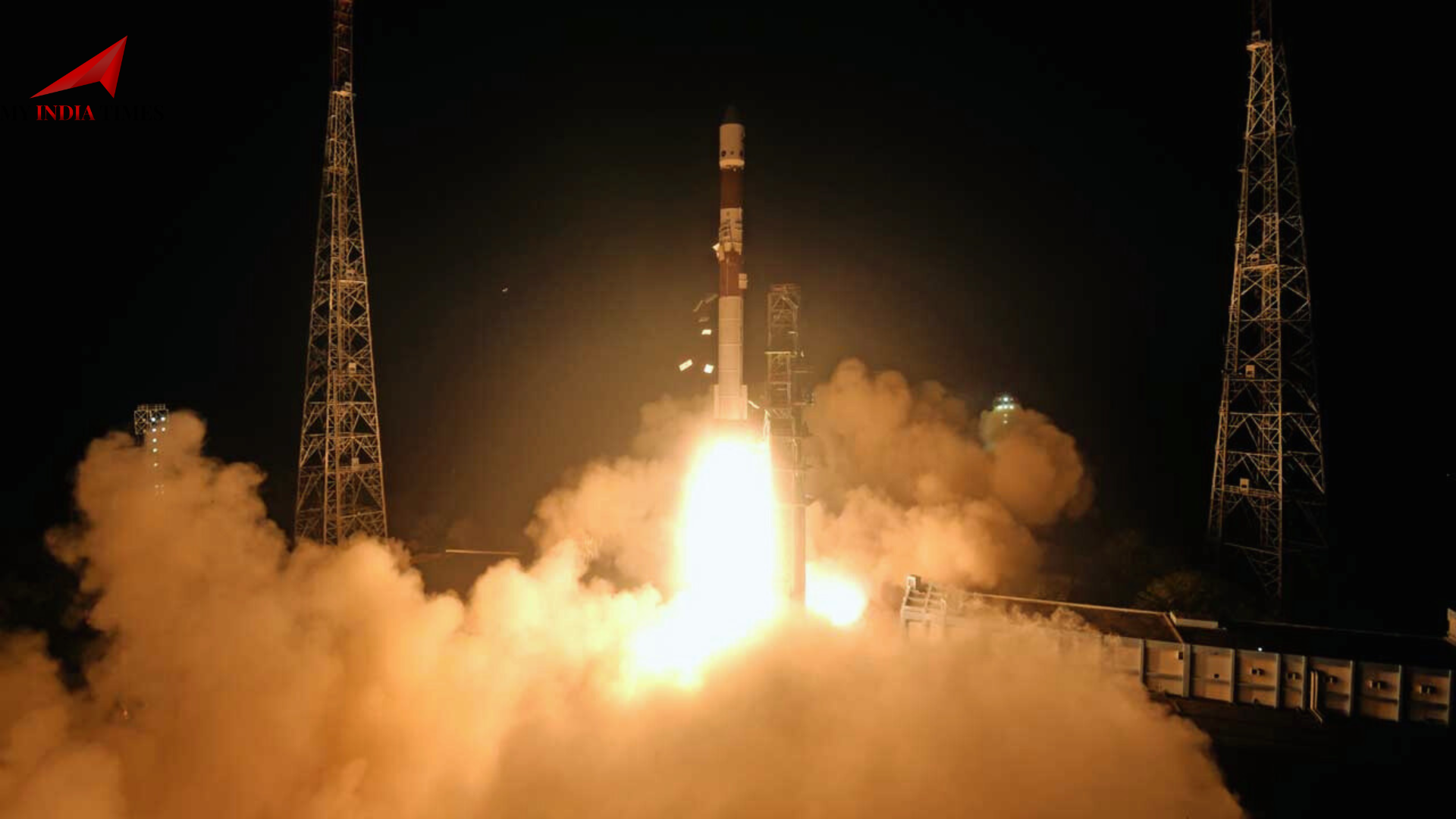

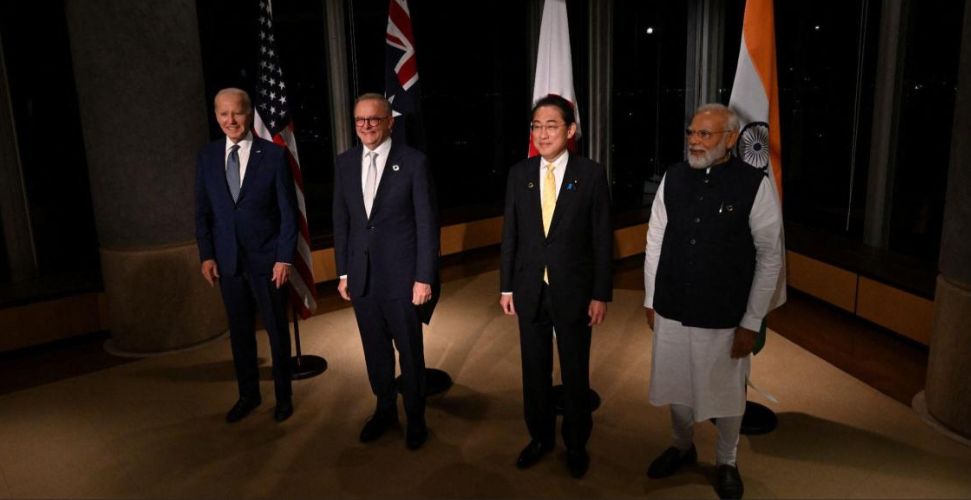

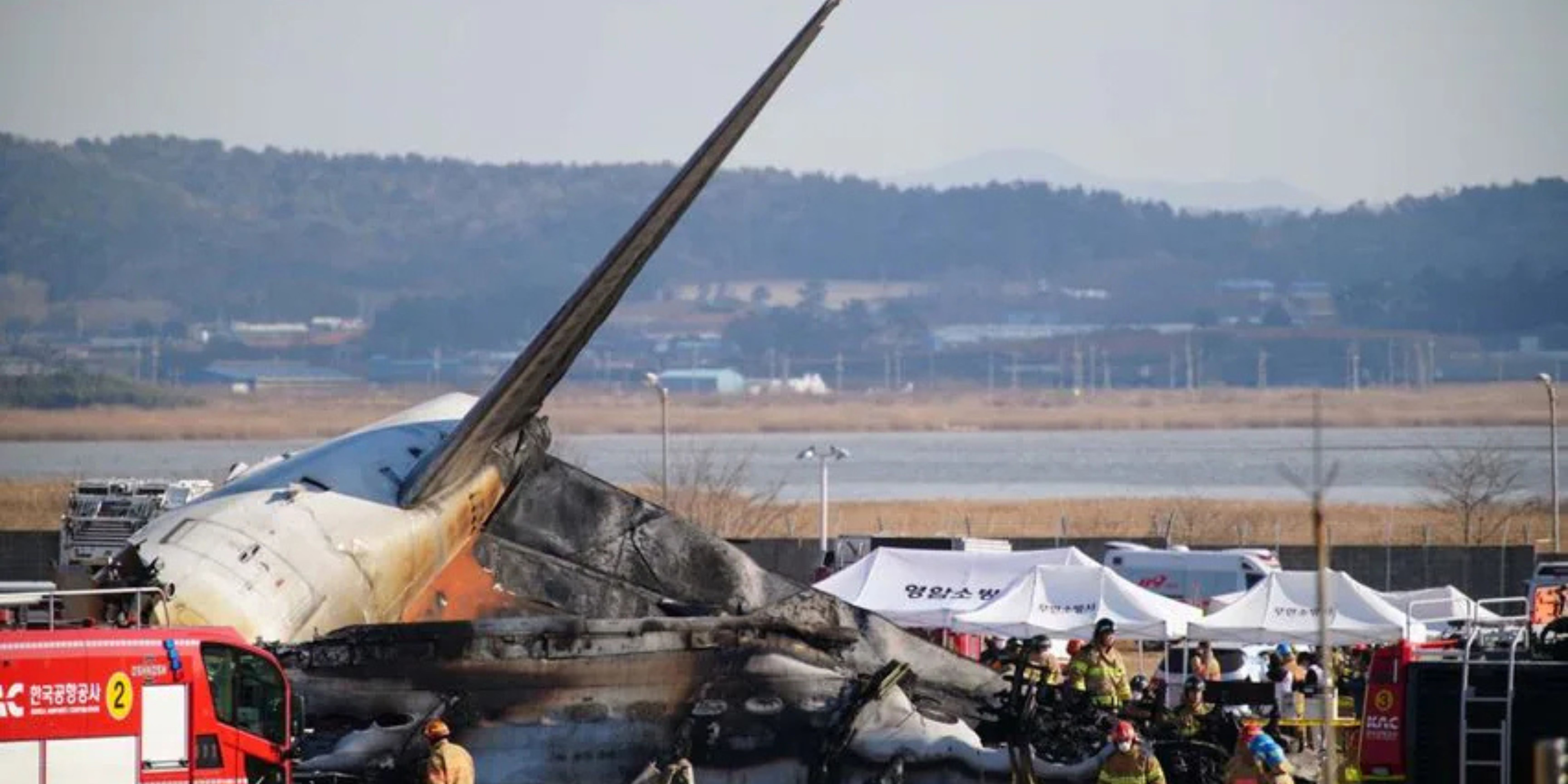
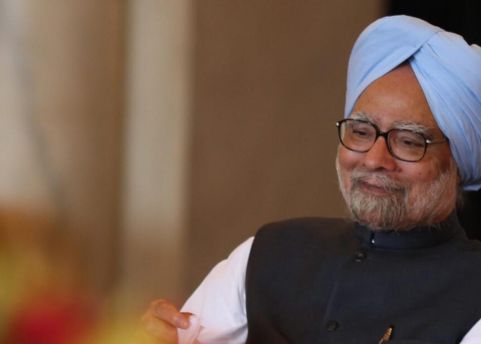

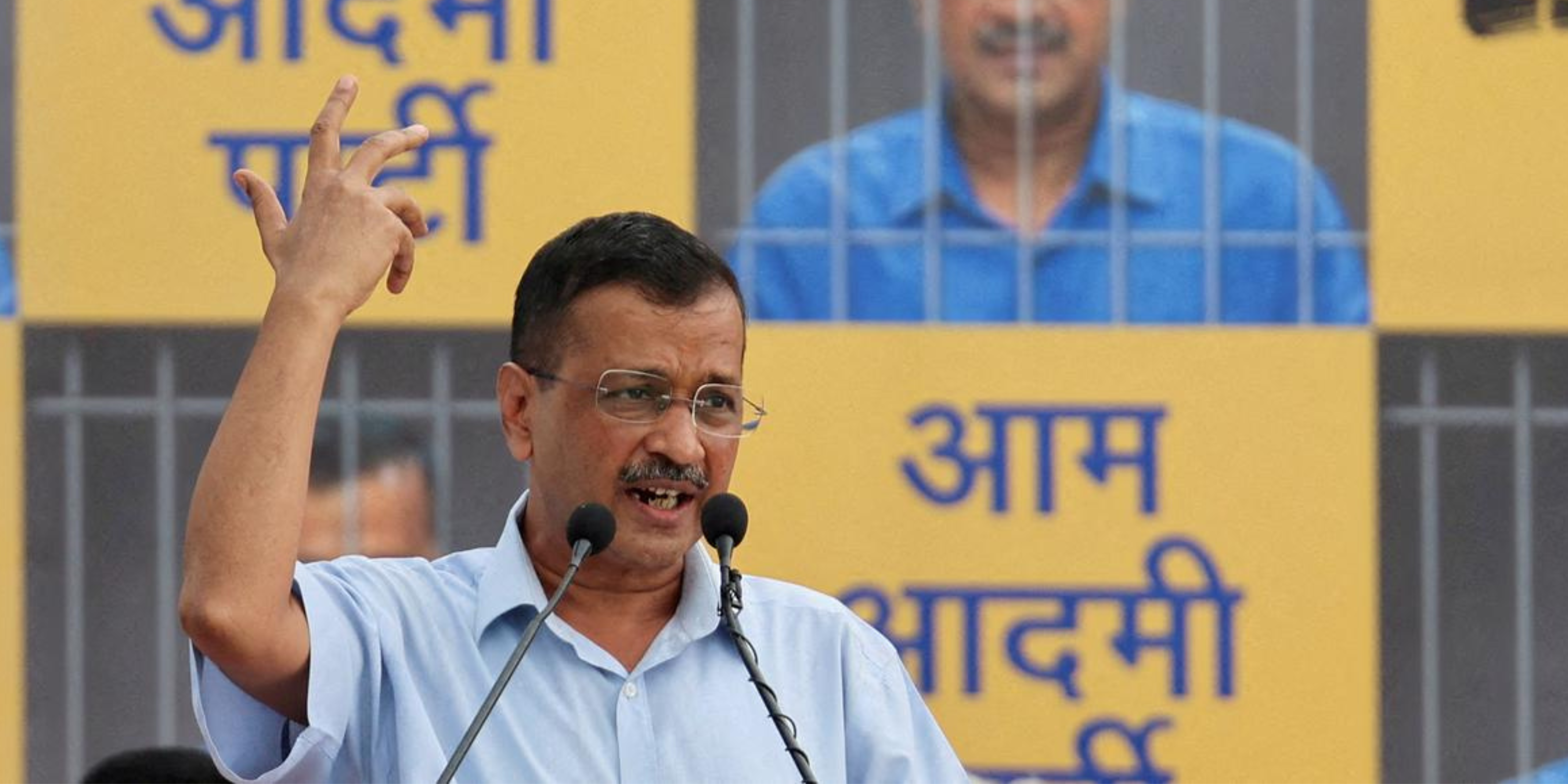

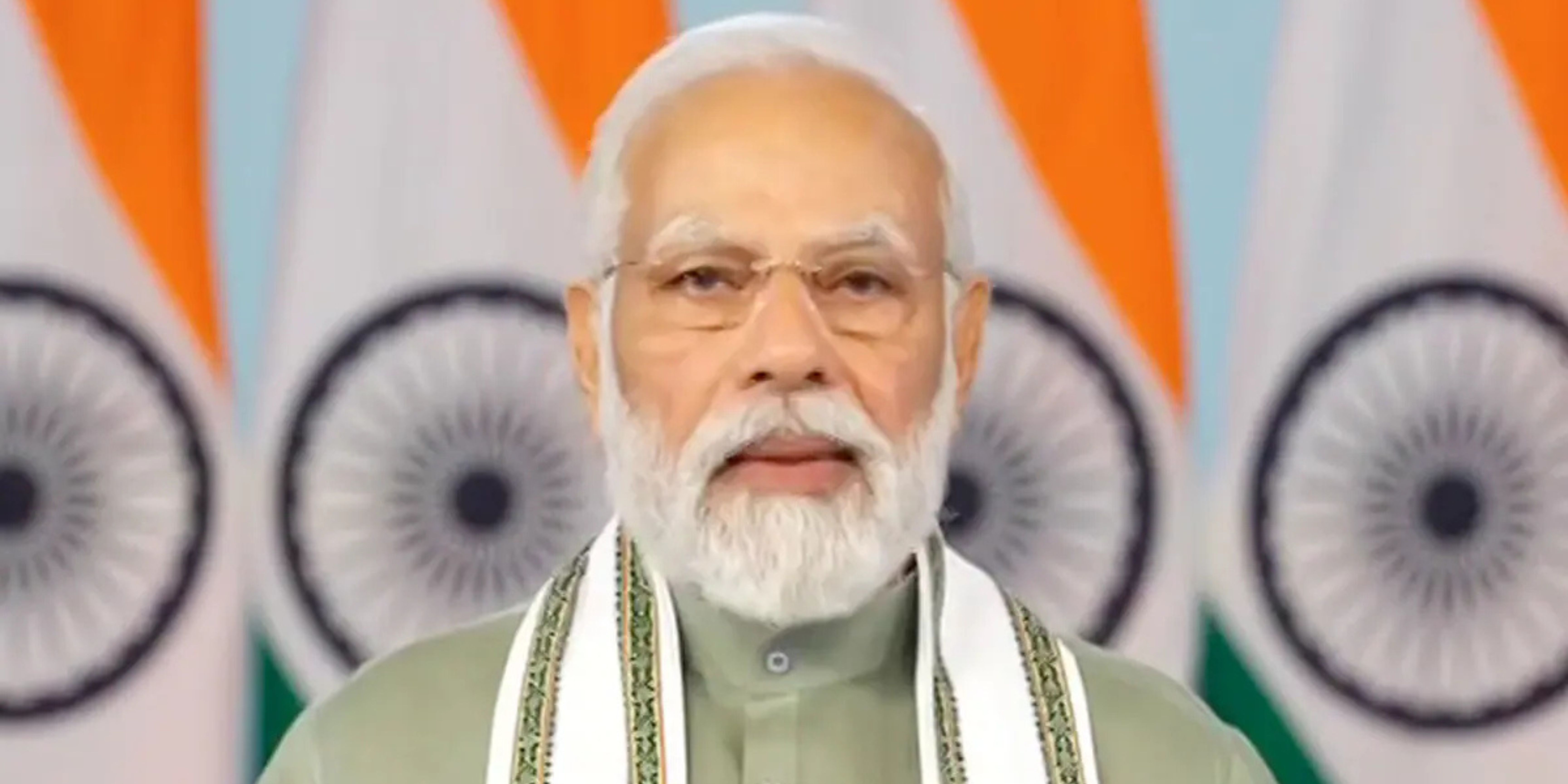
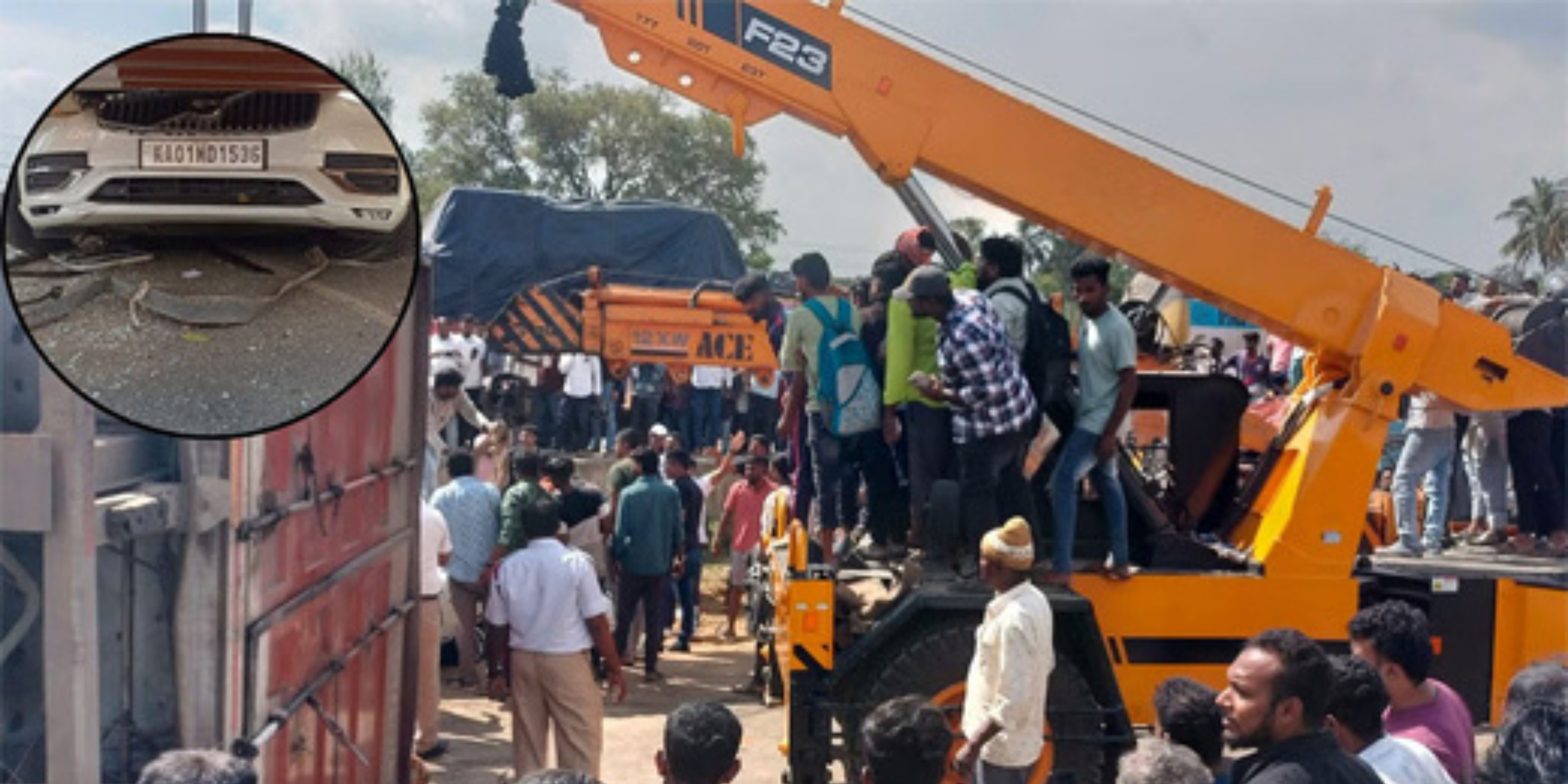




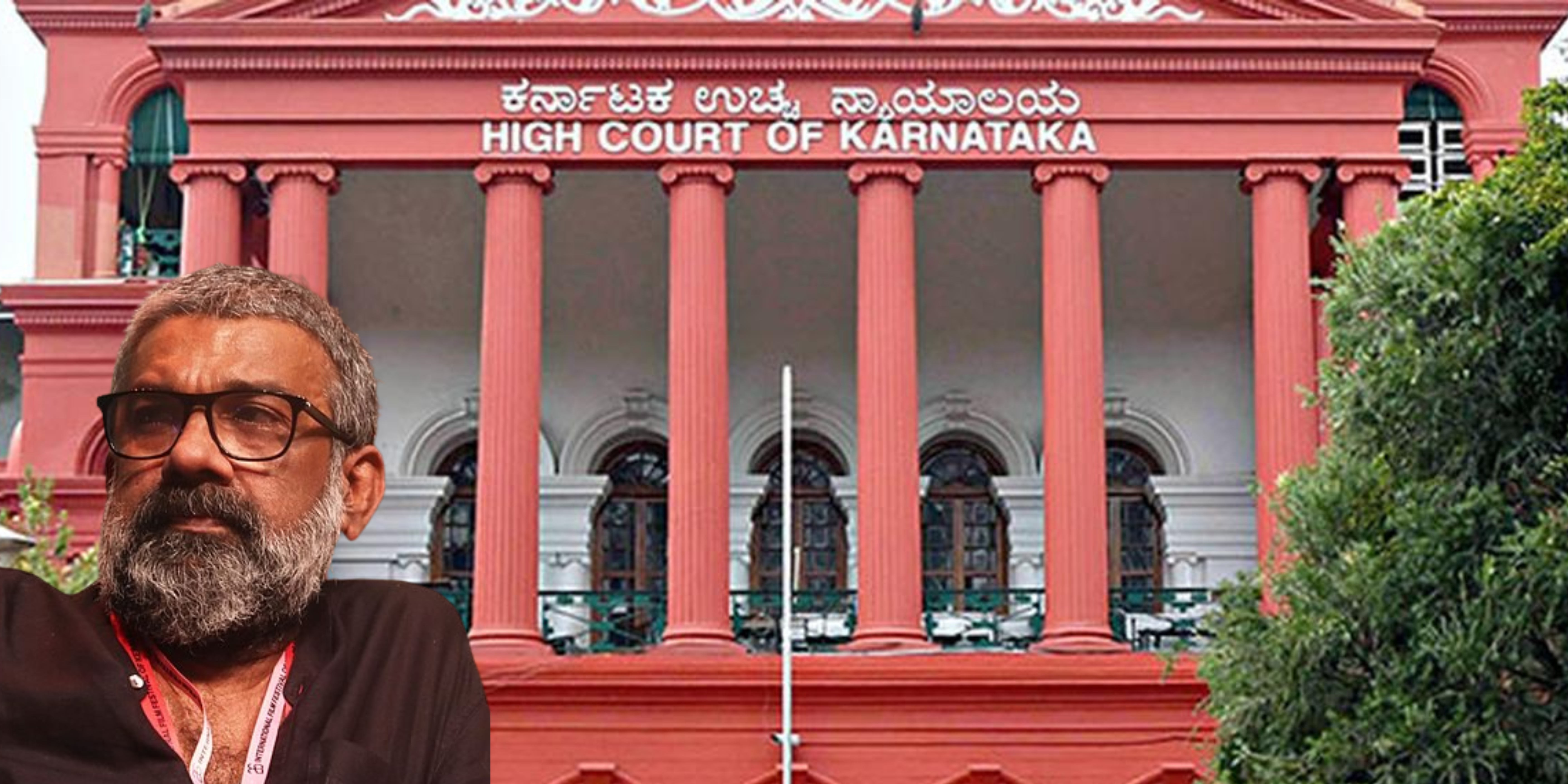
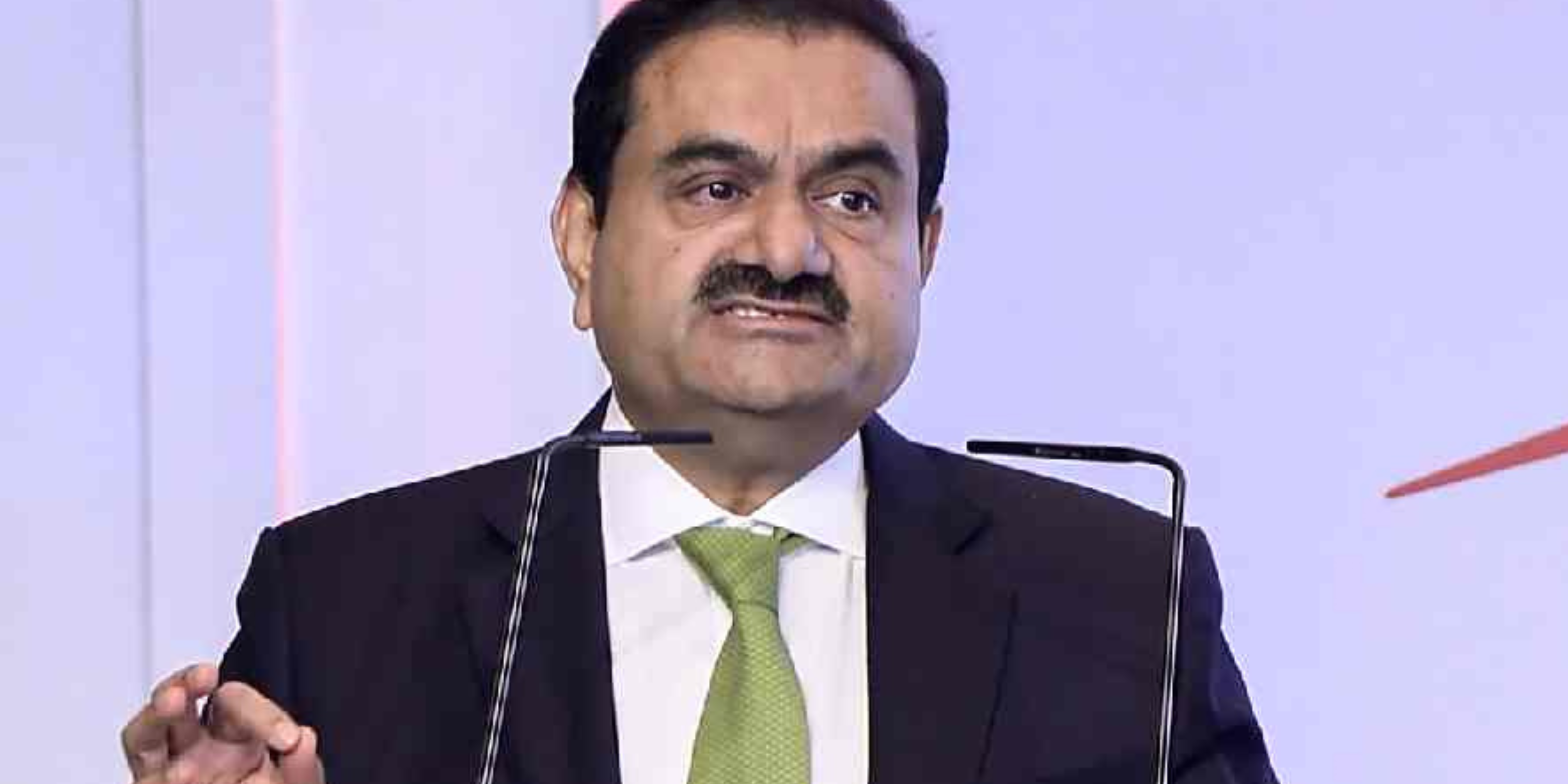
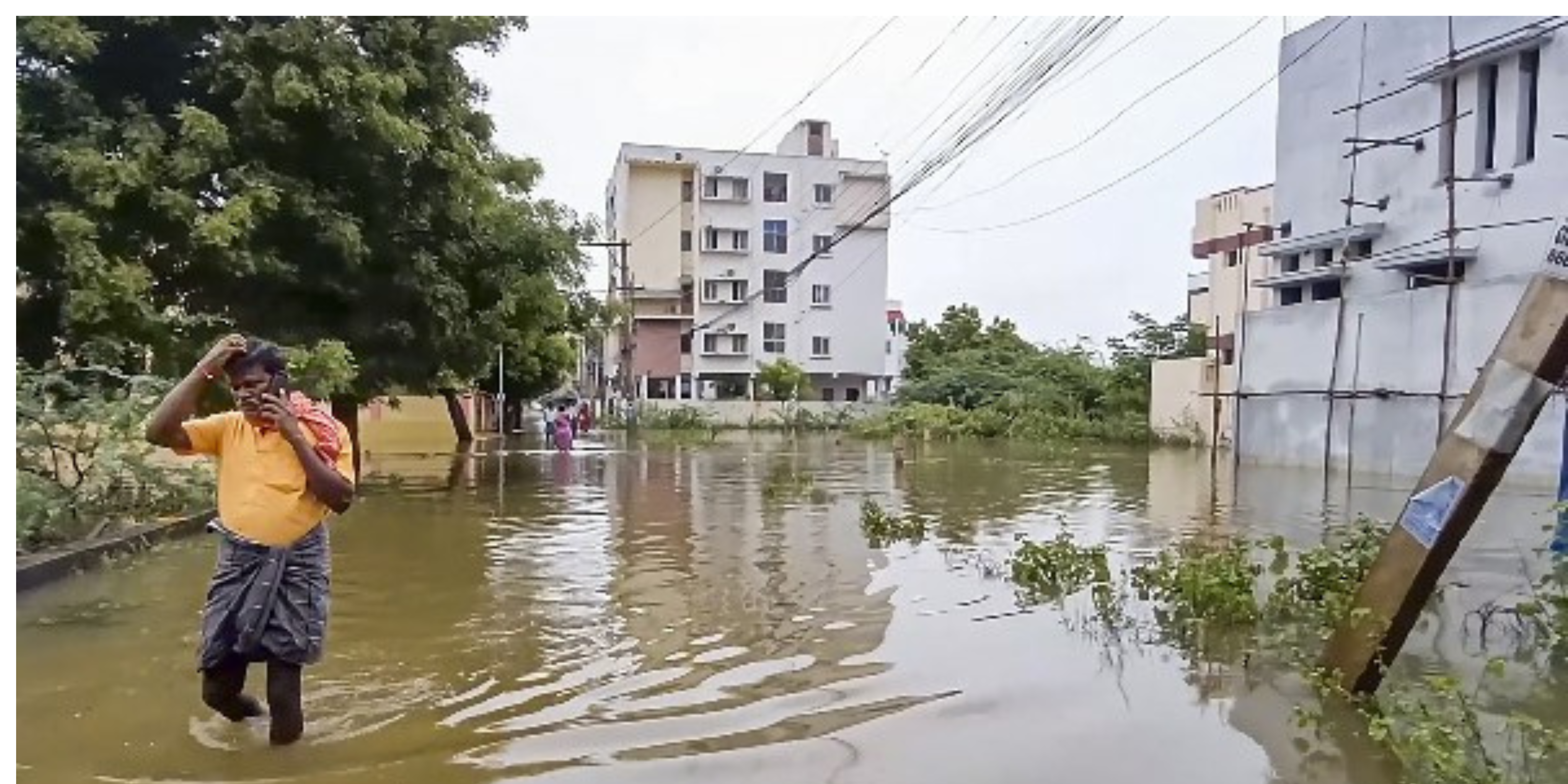
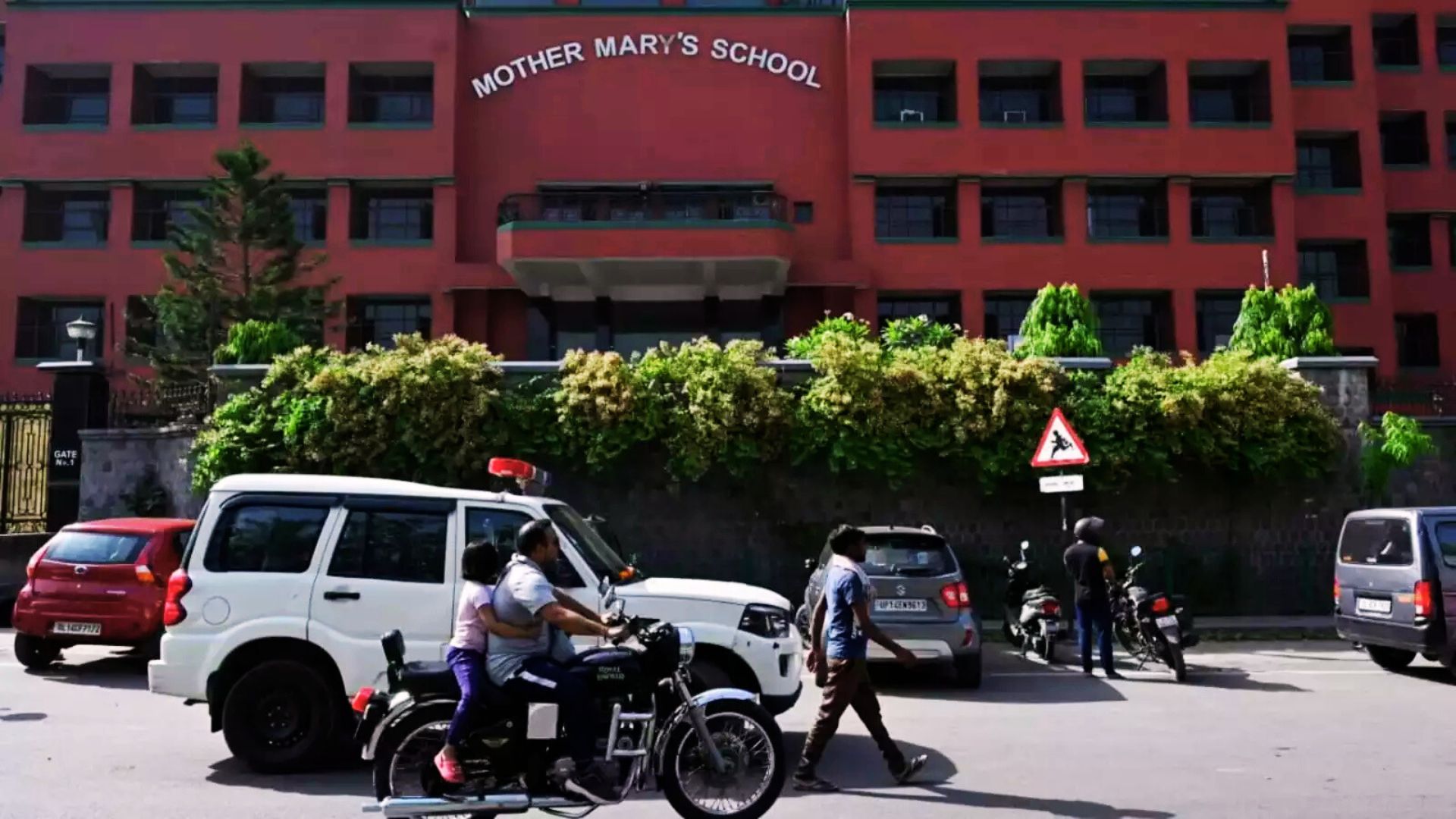

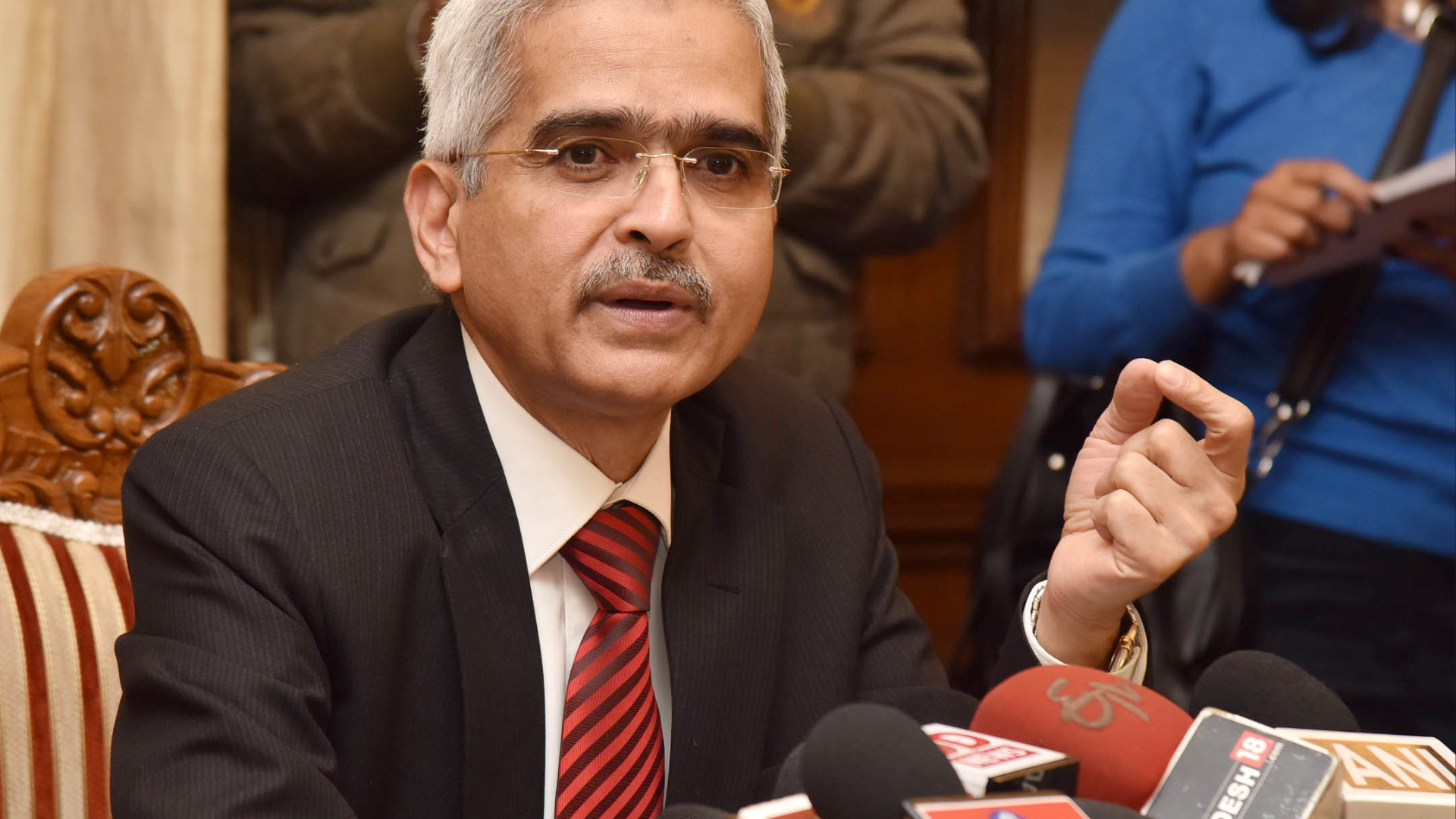
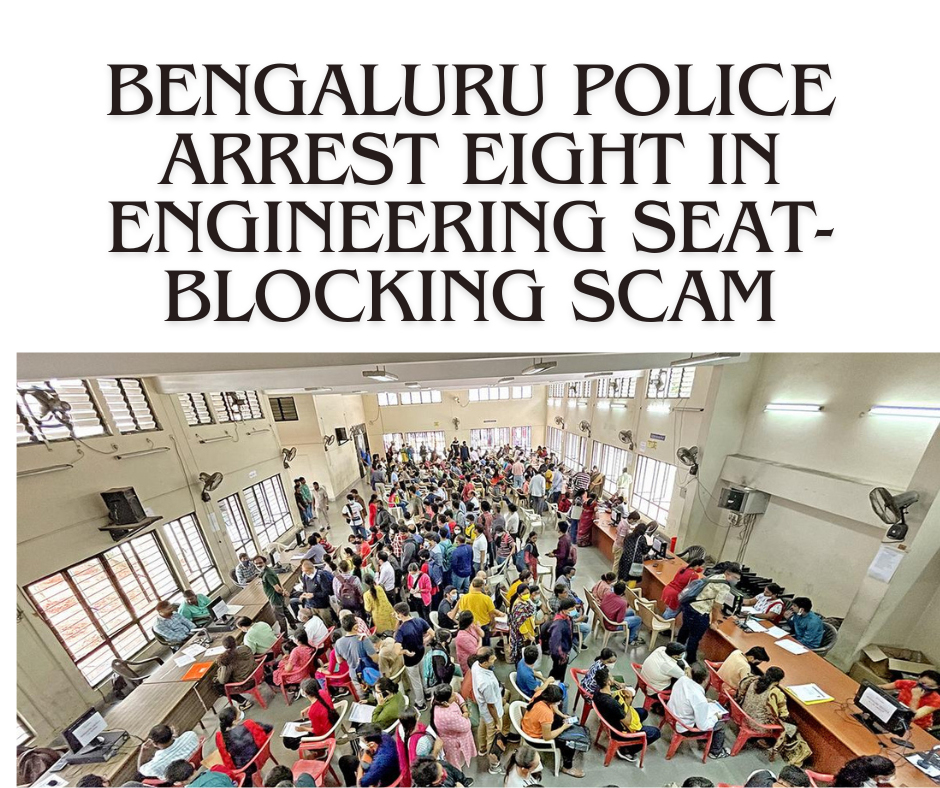
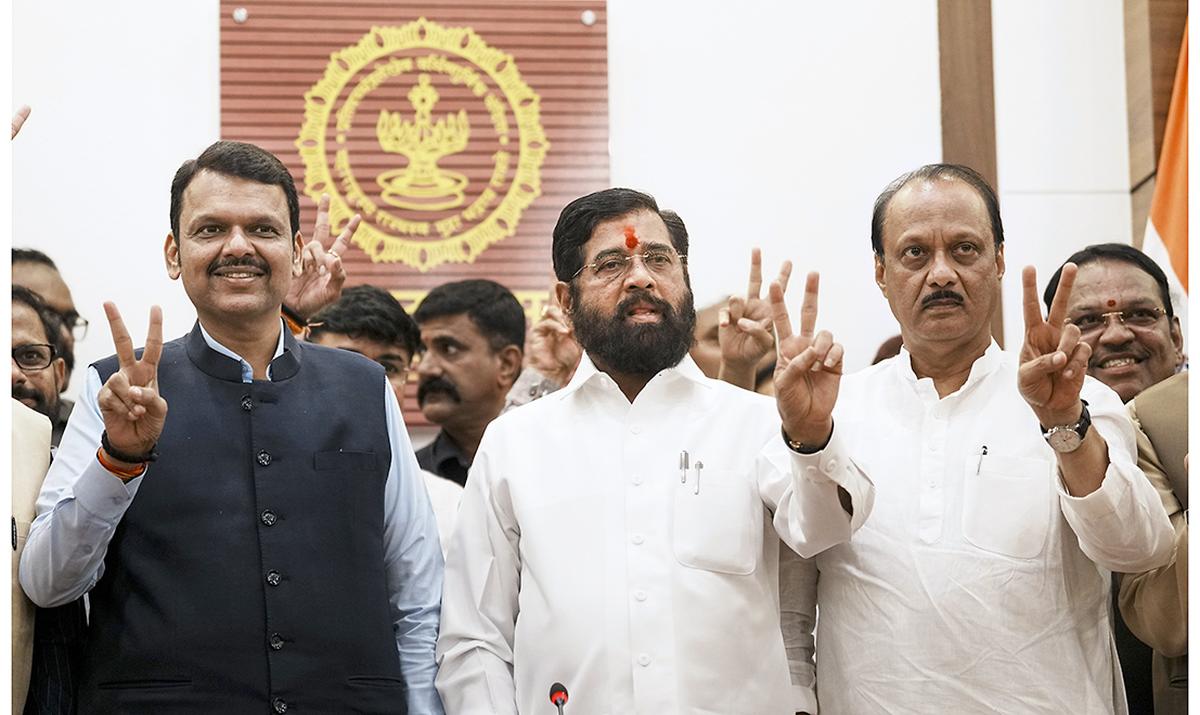
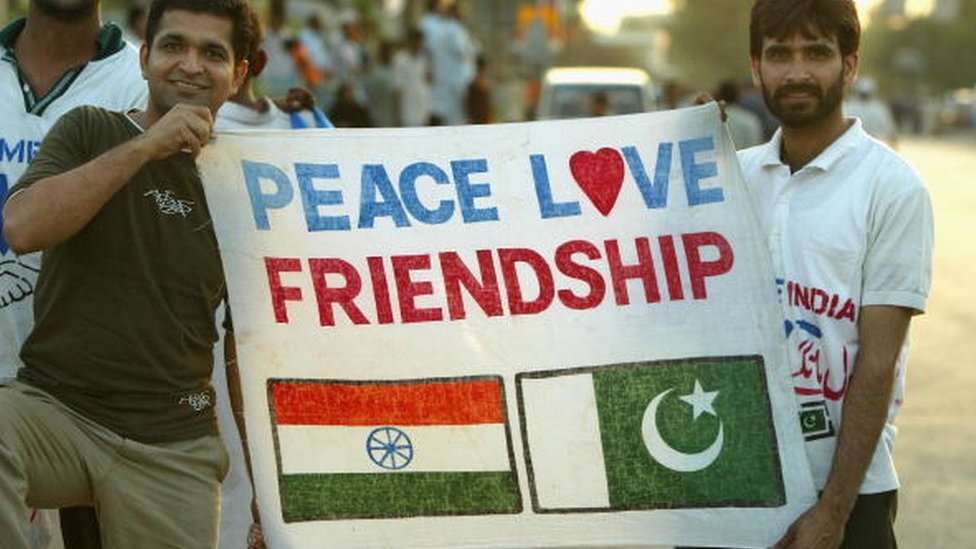
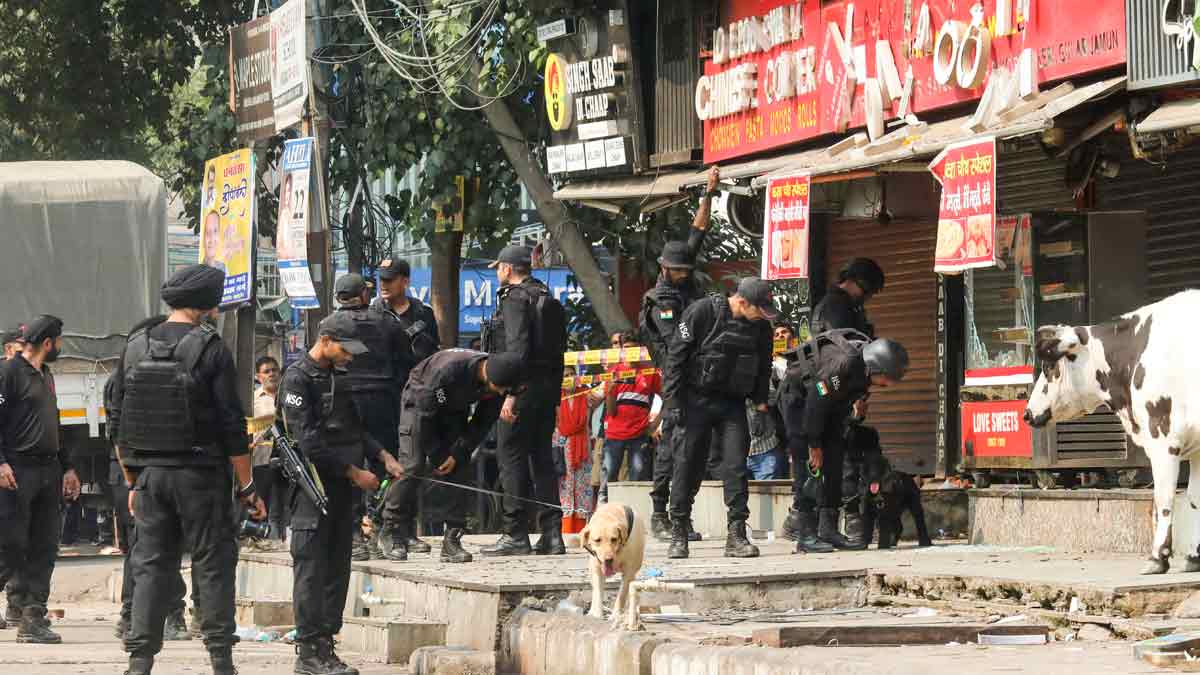


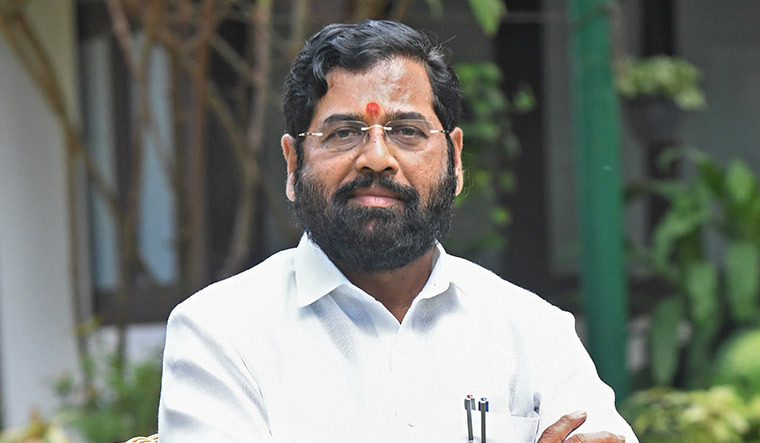
.png)
 (1).png)


